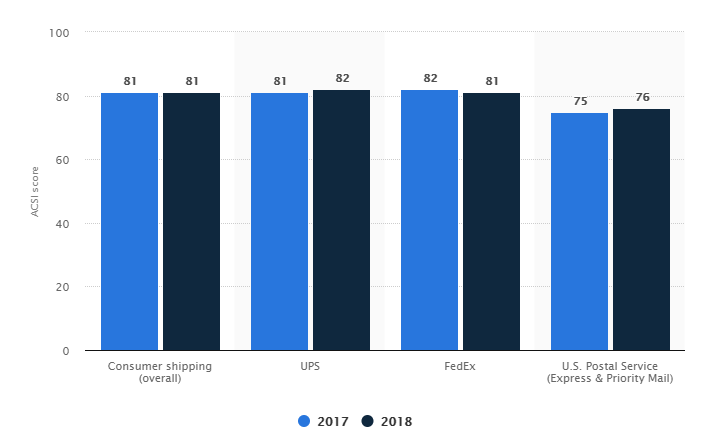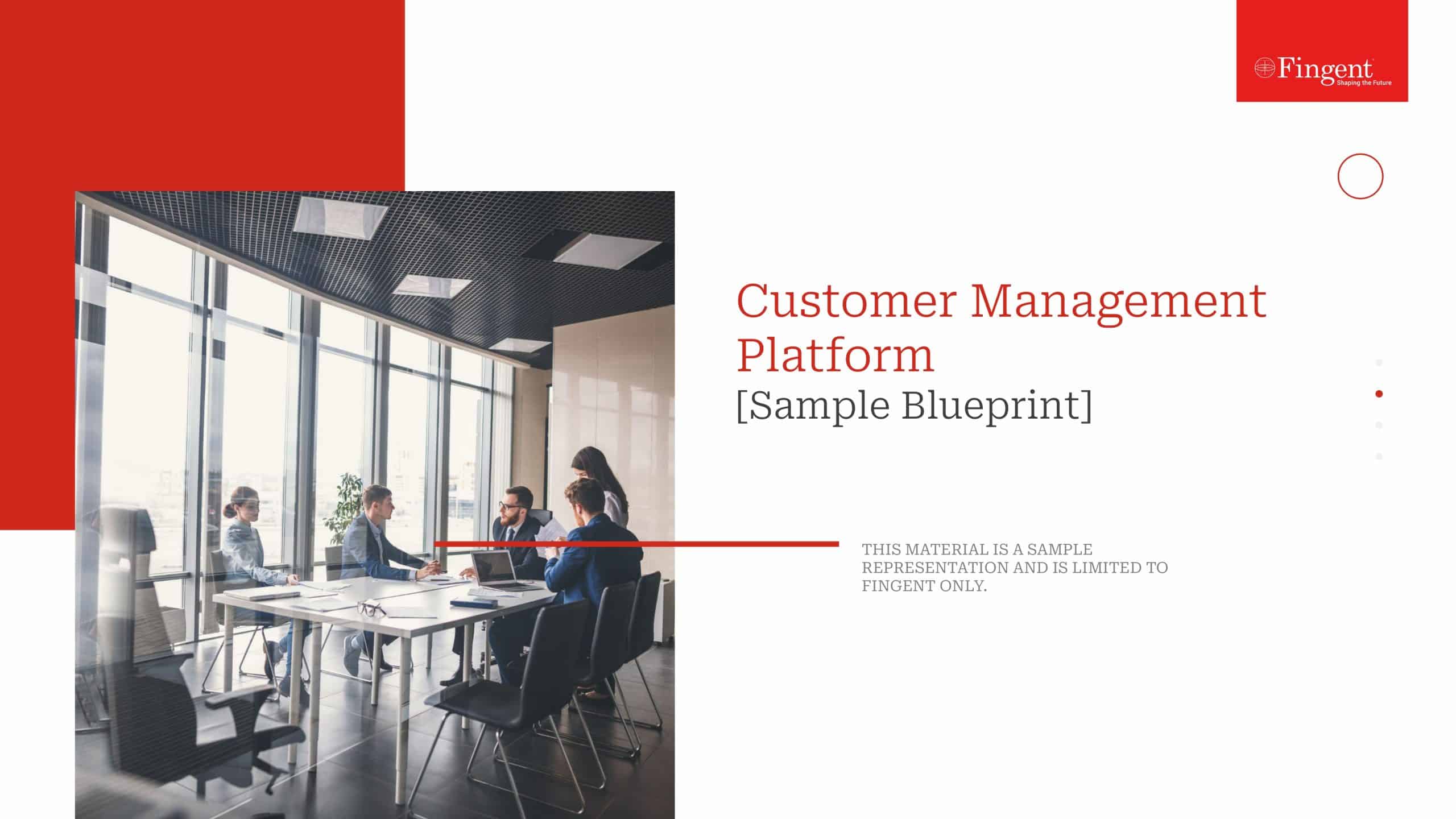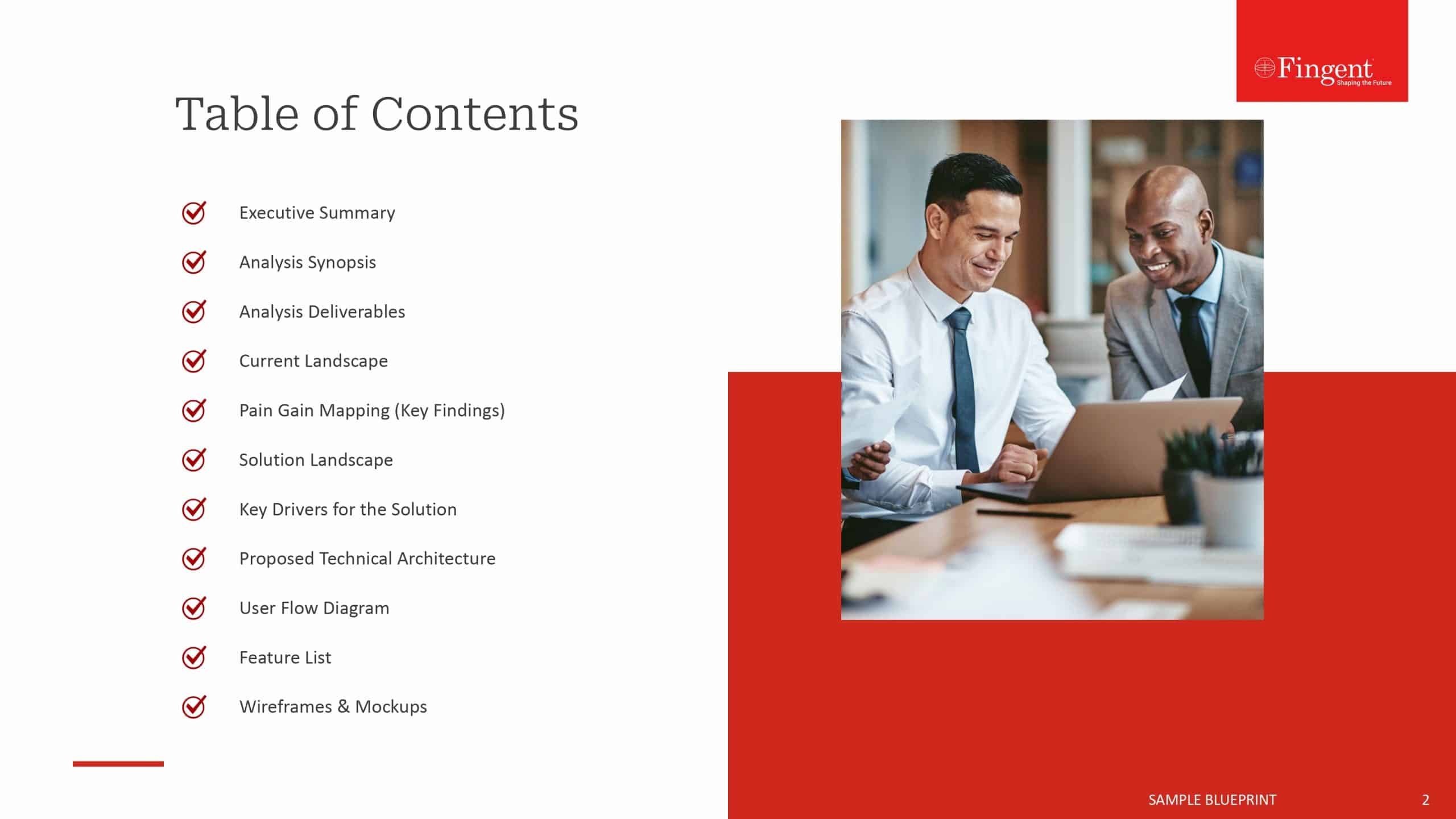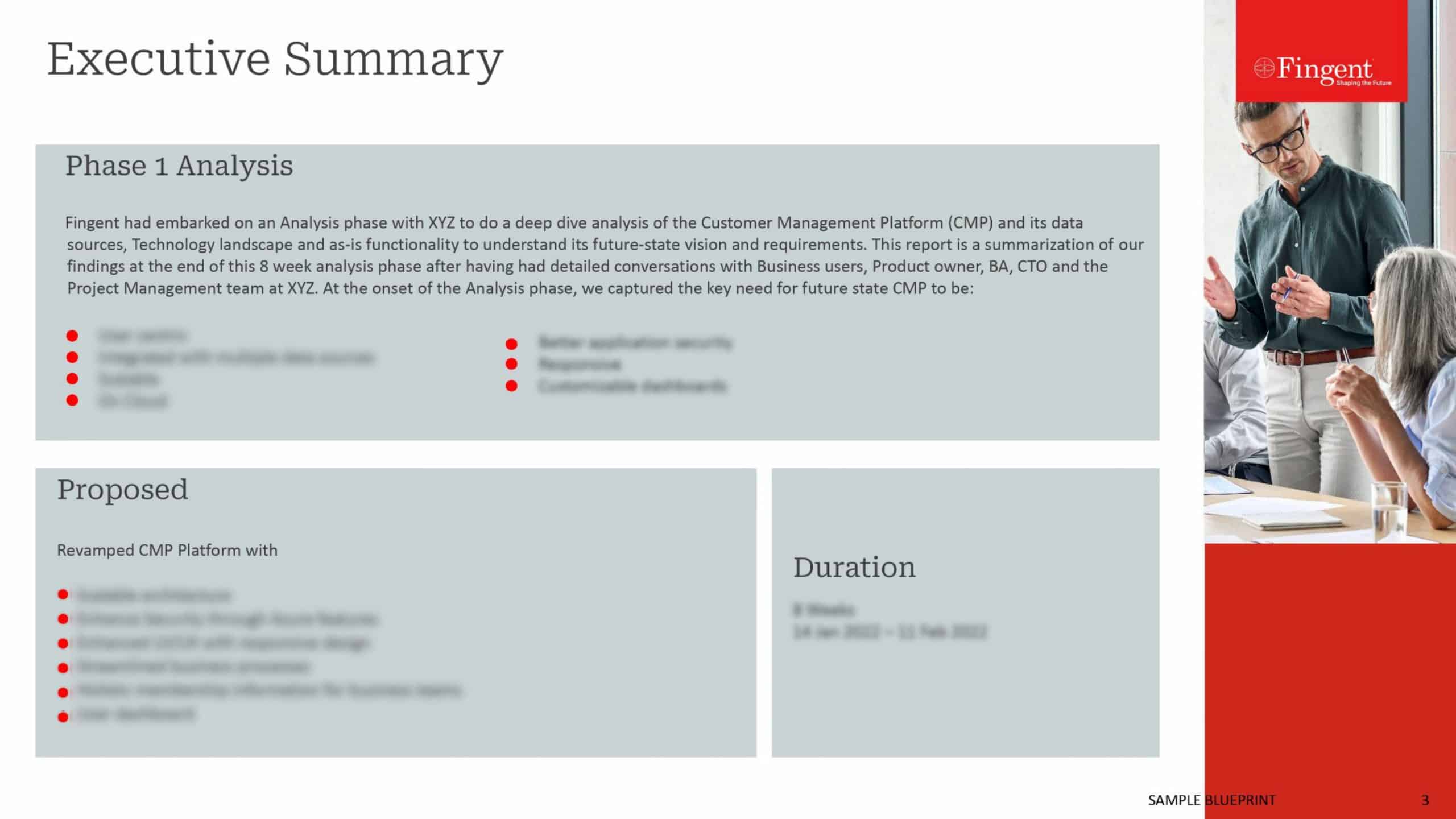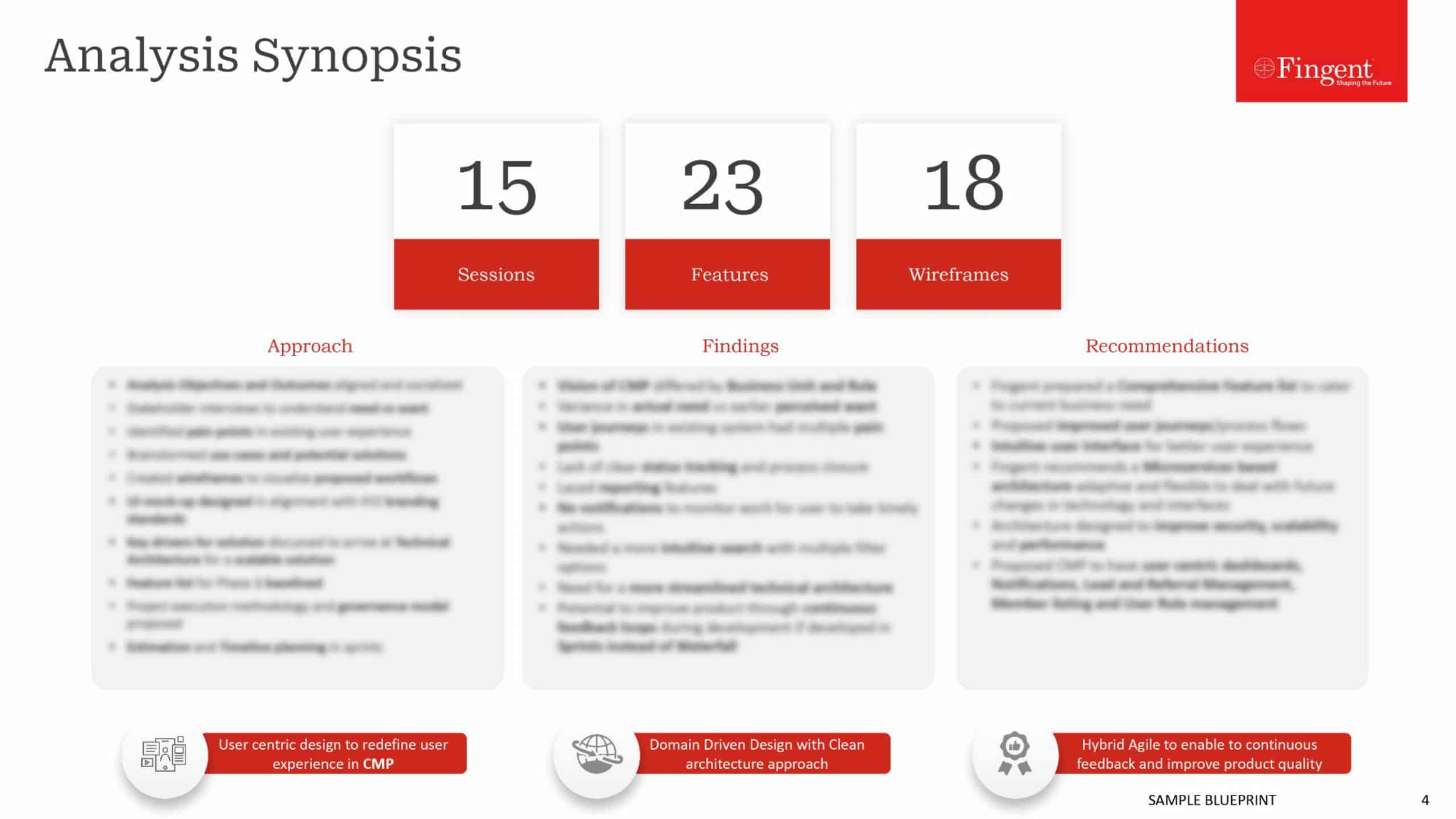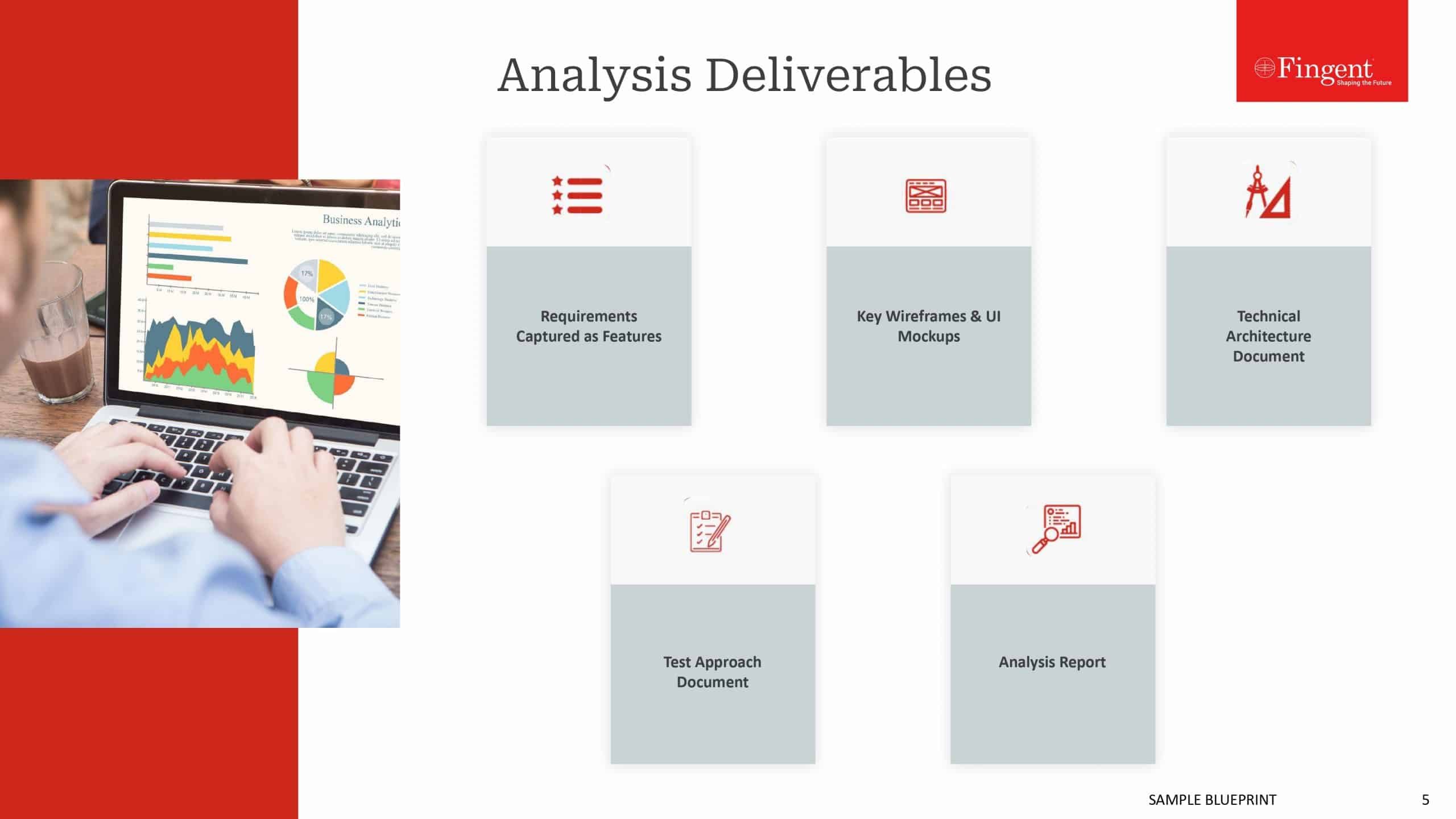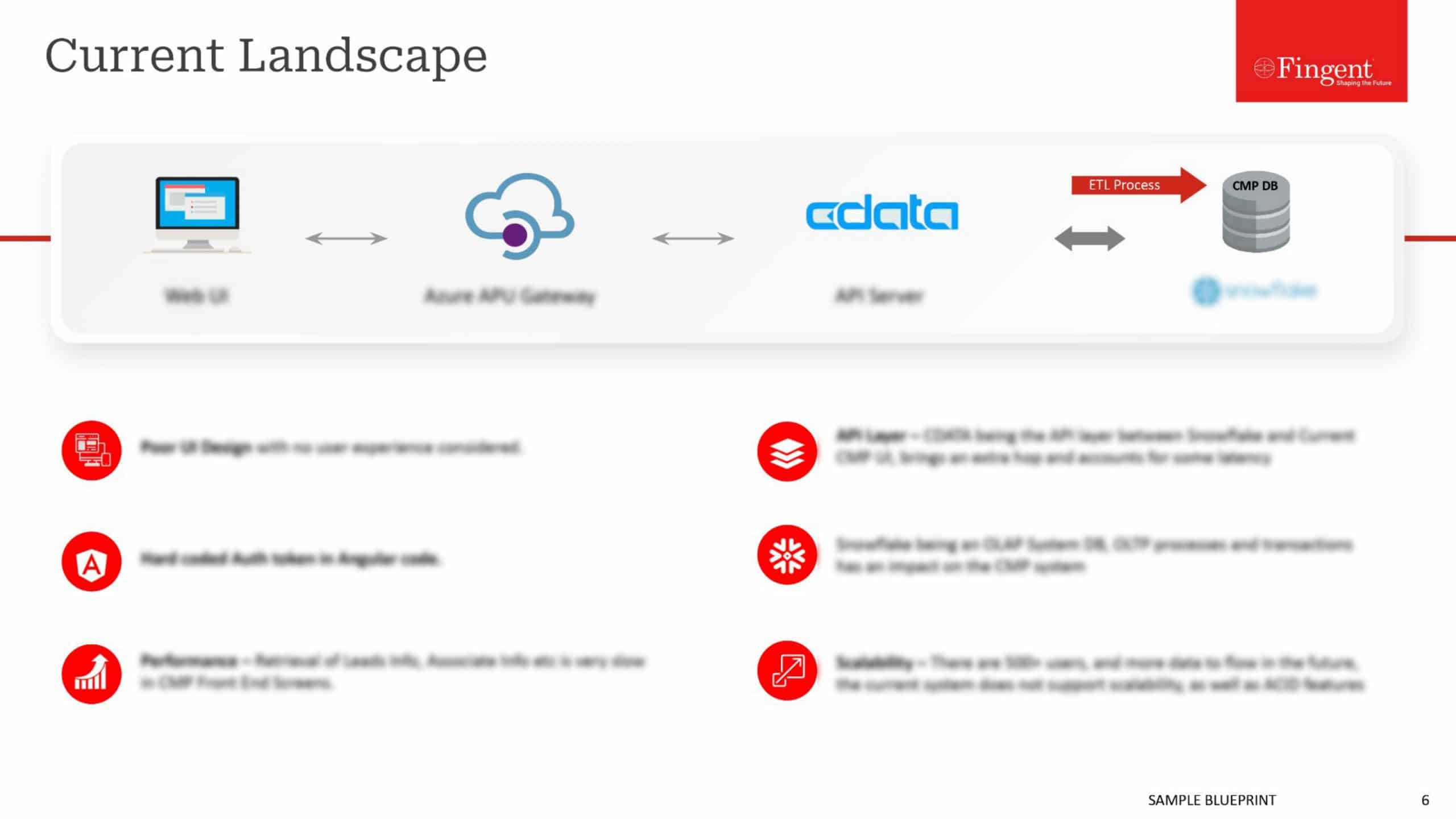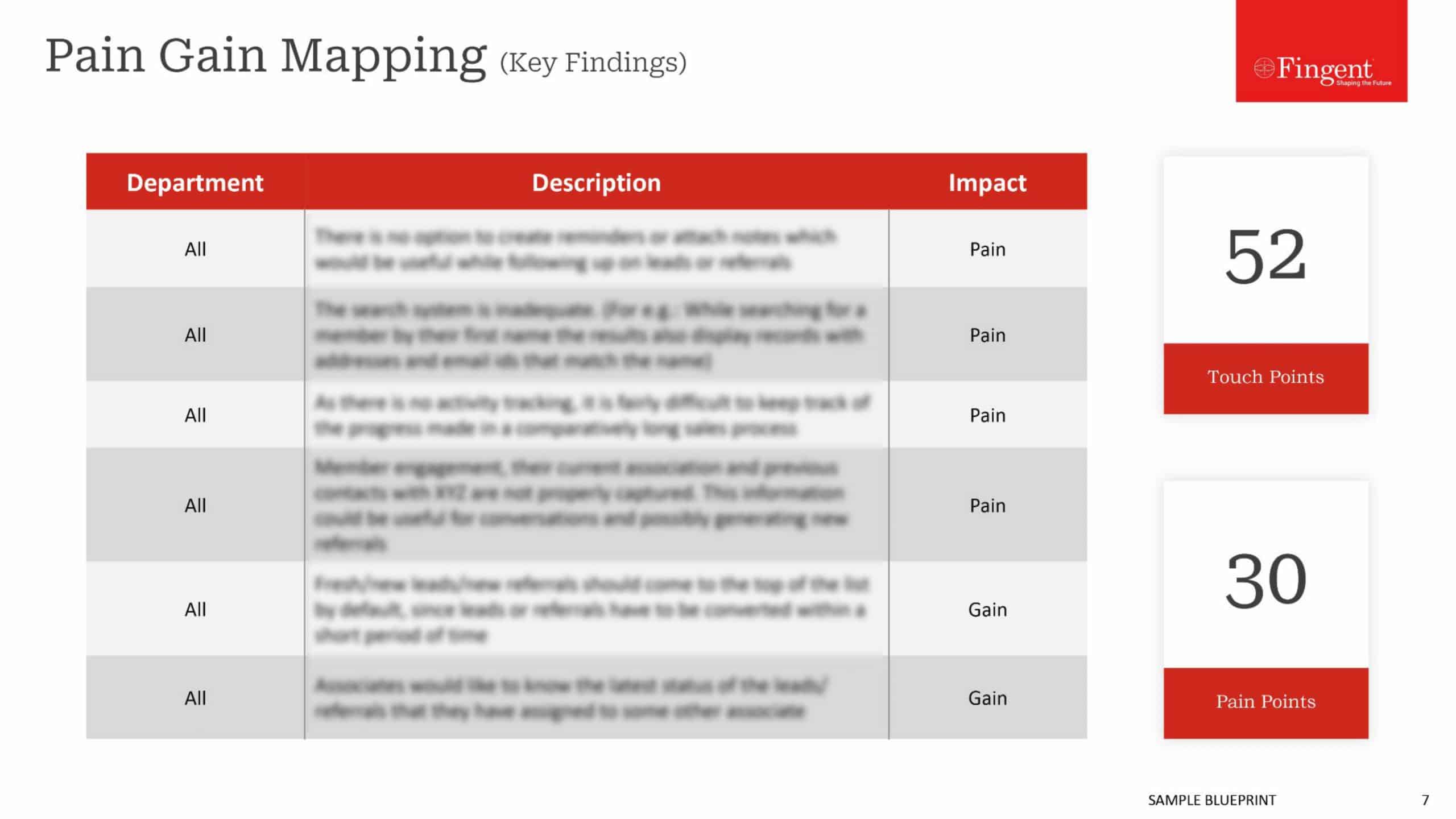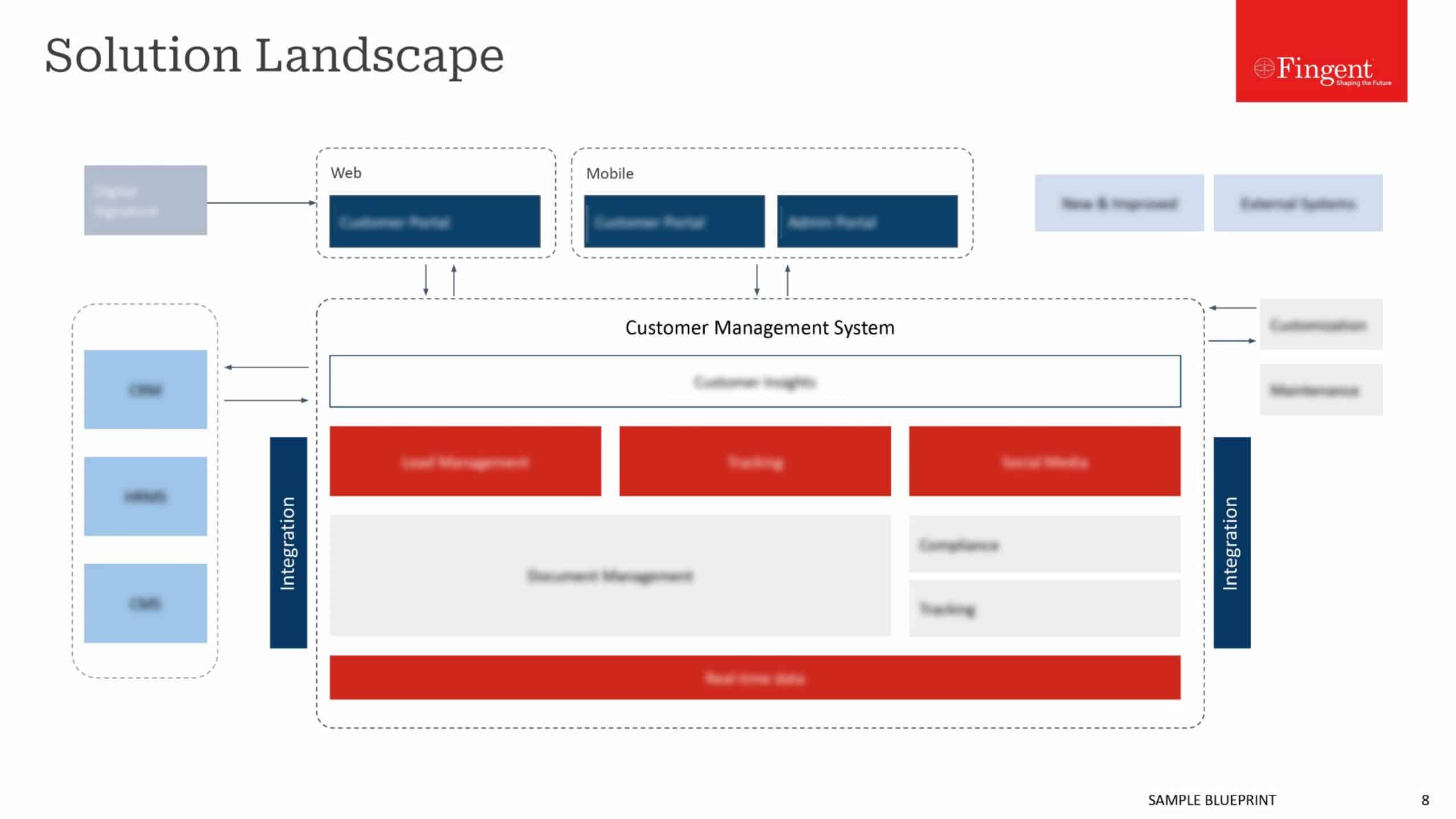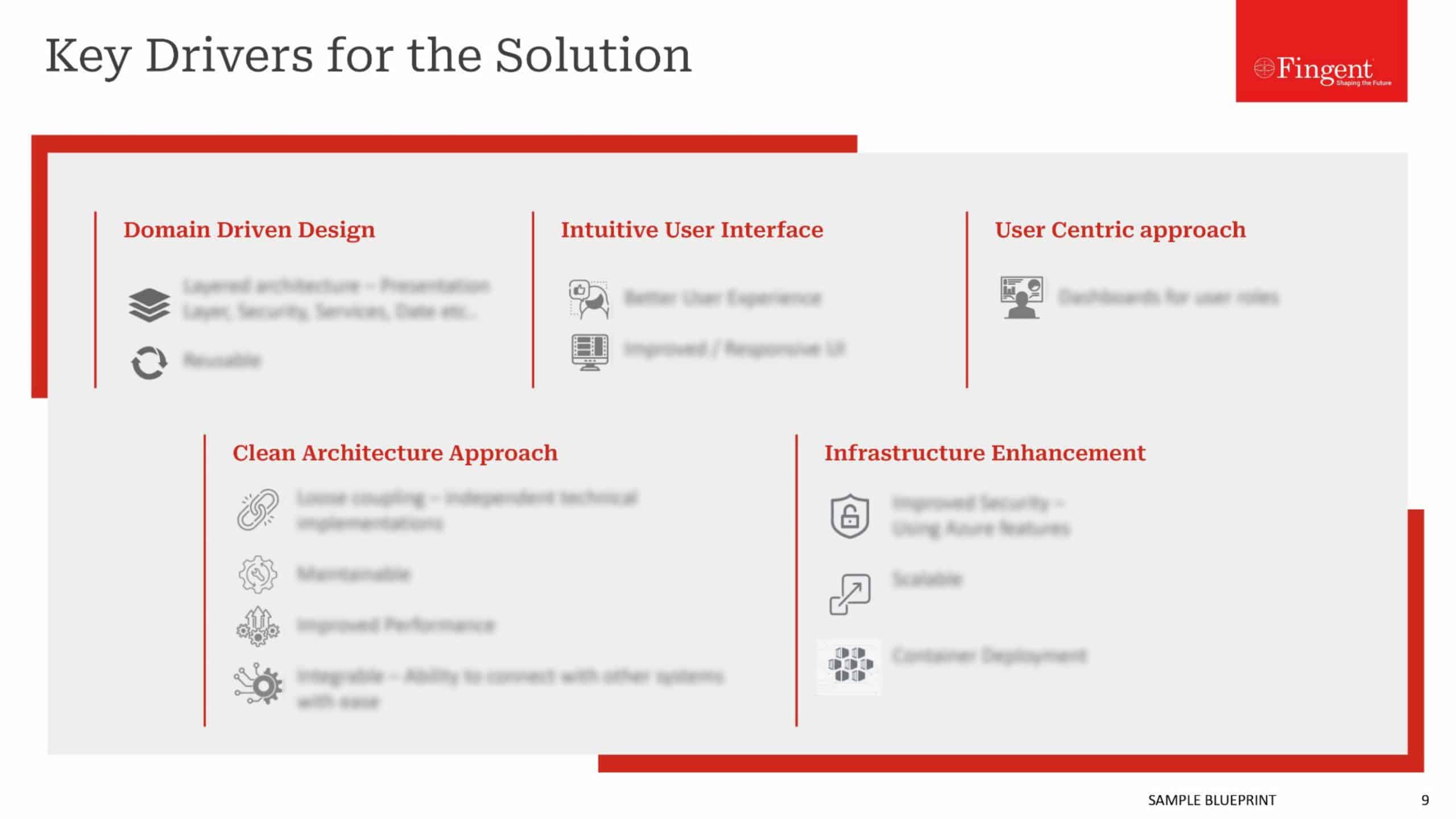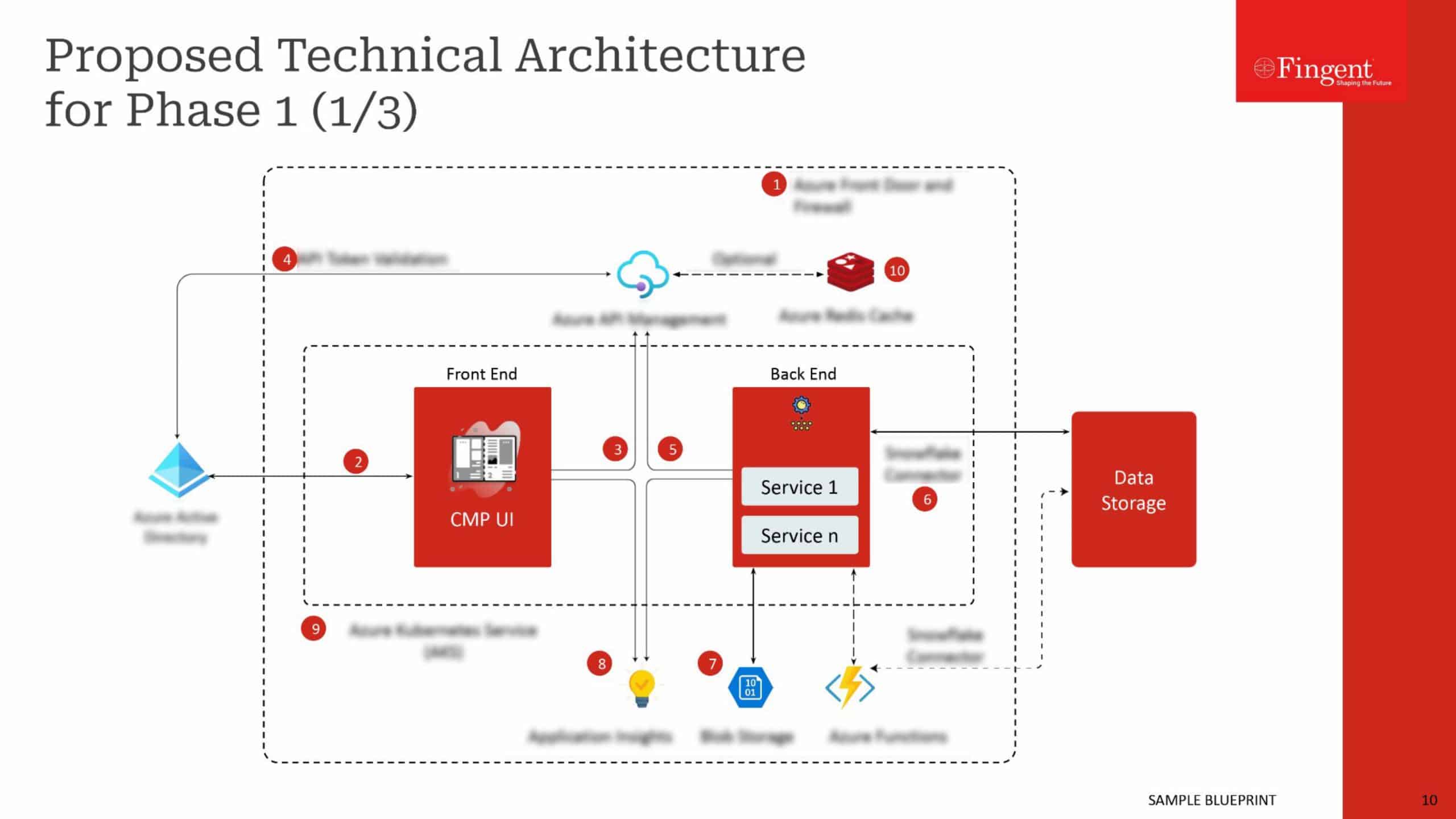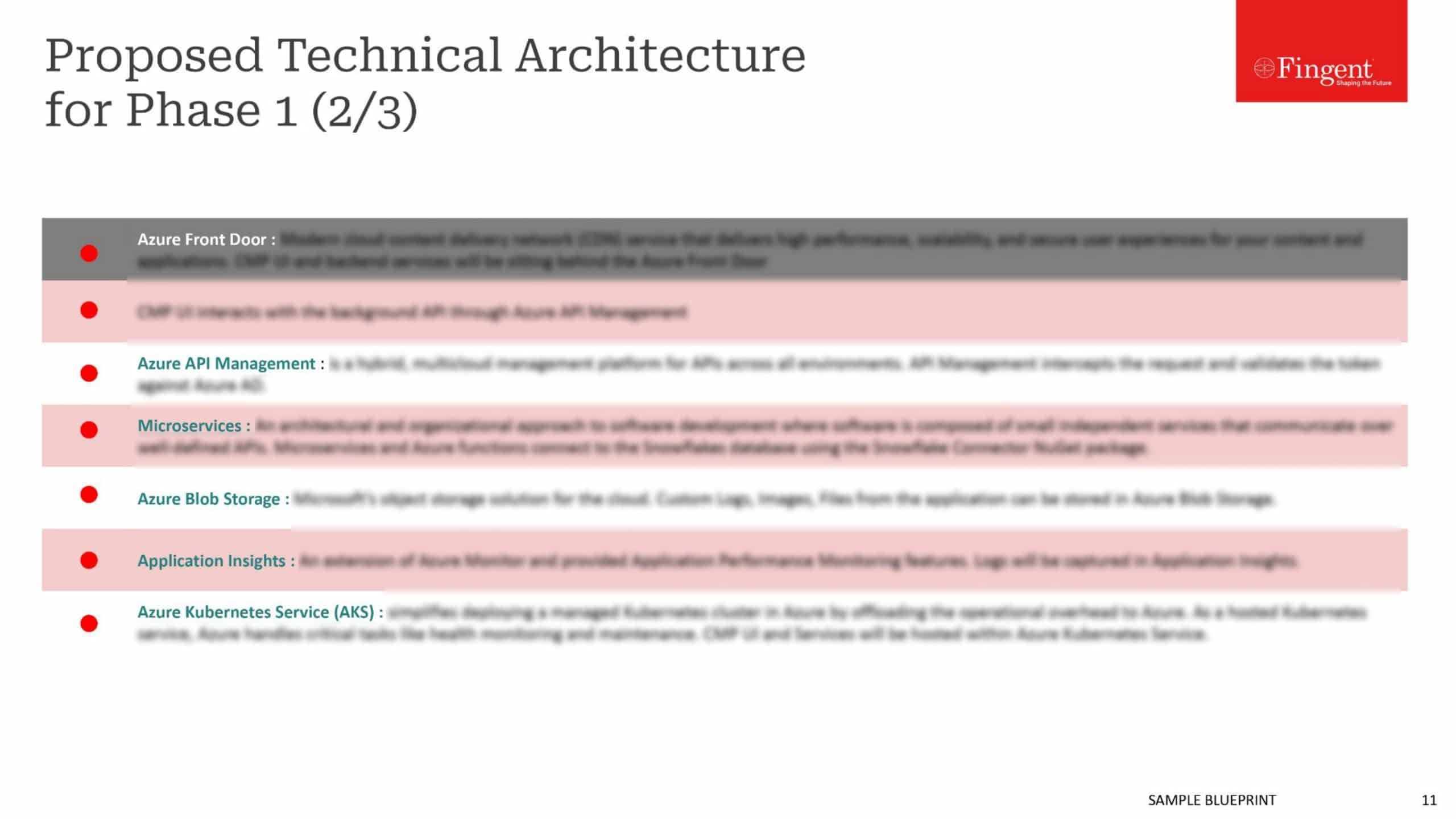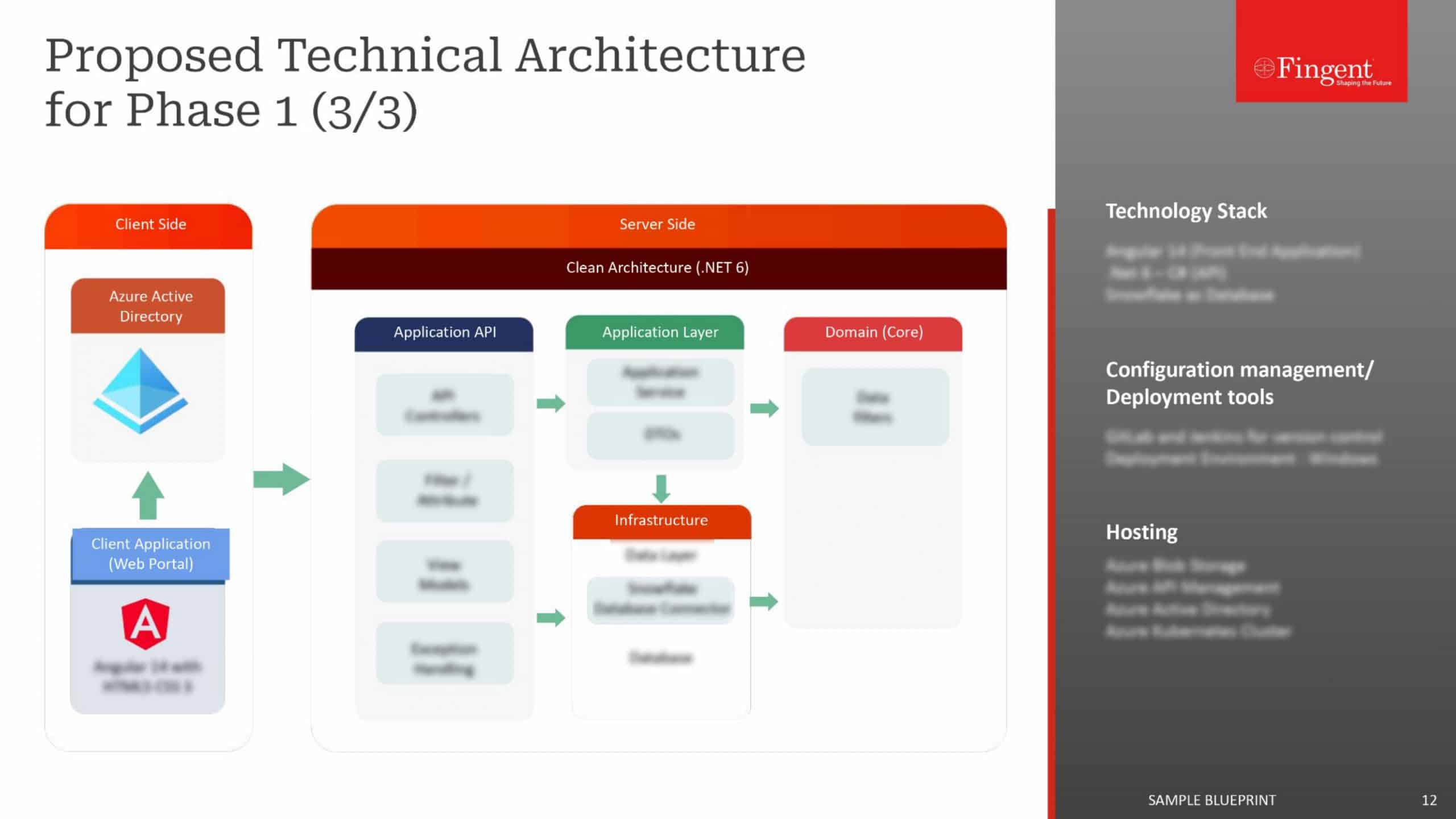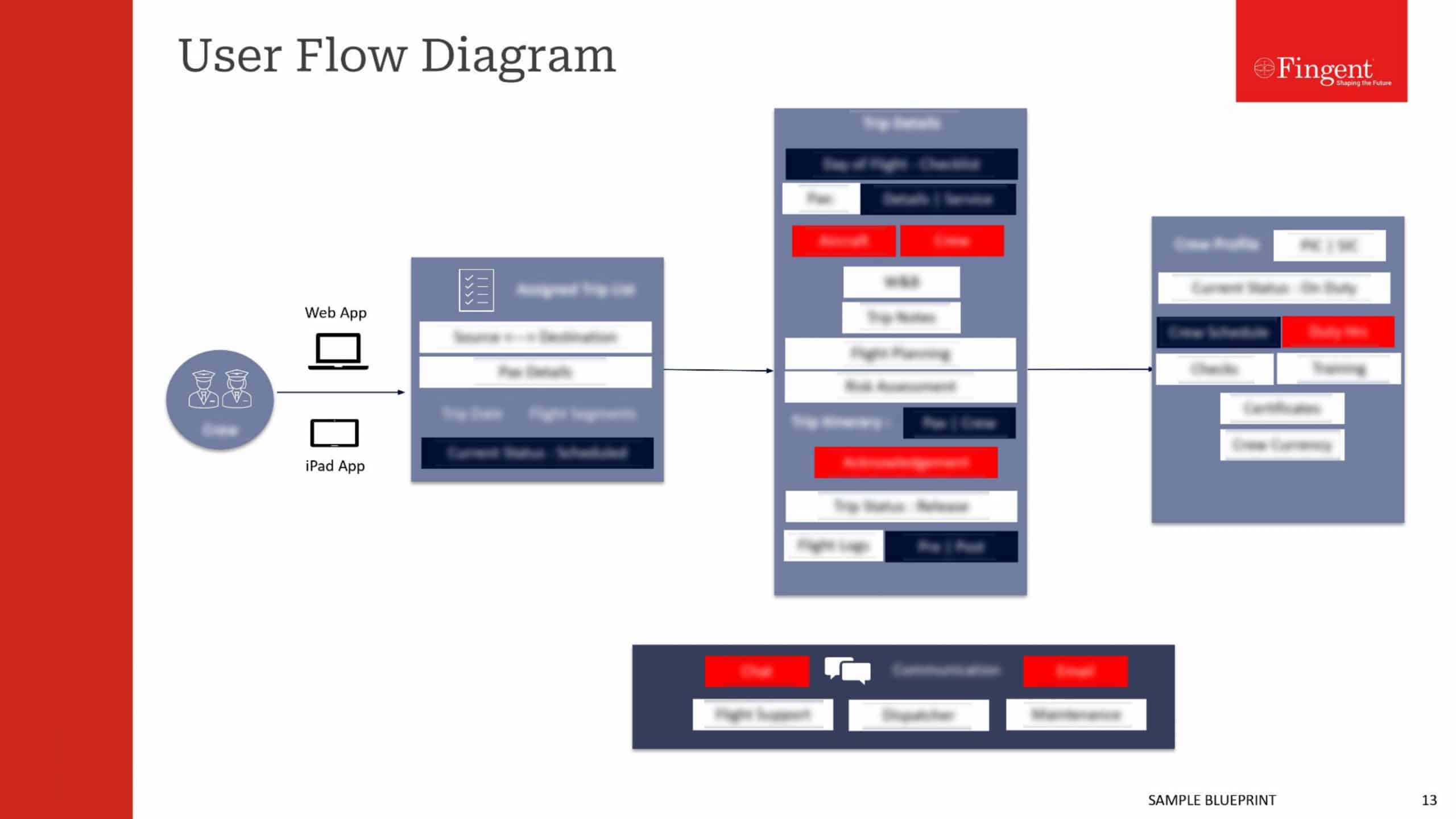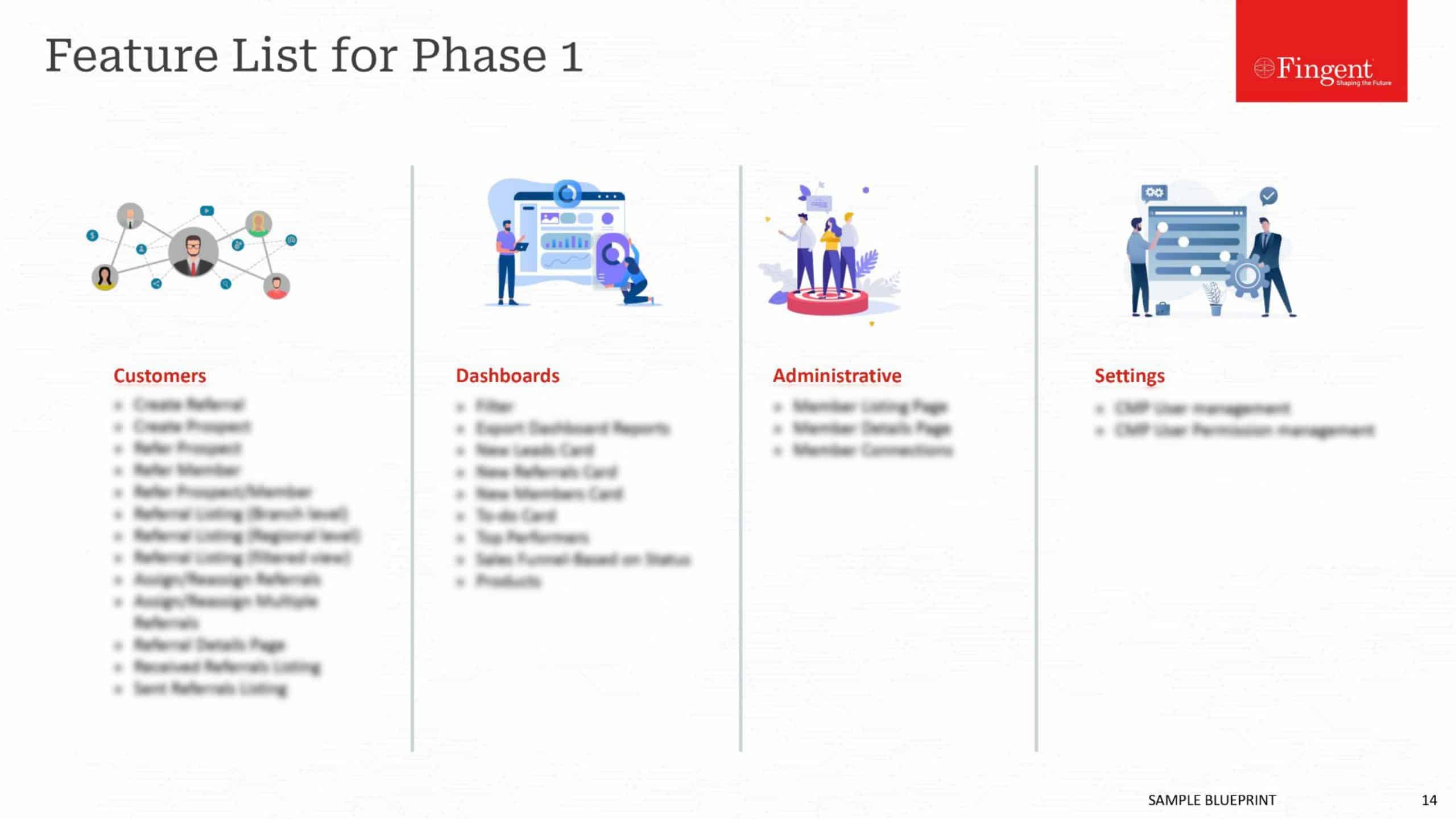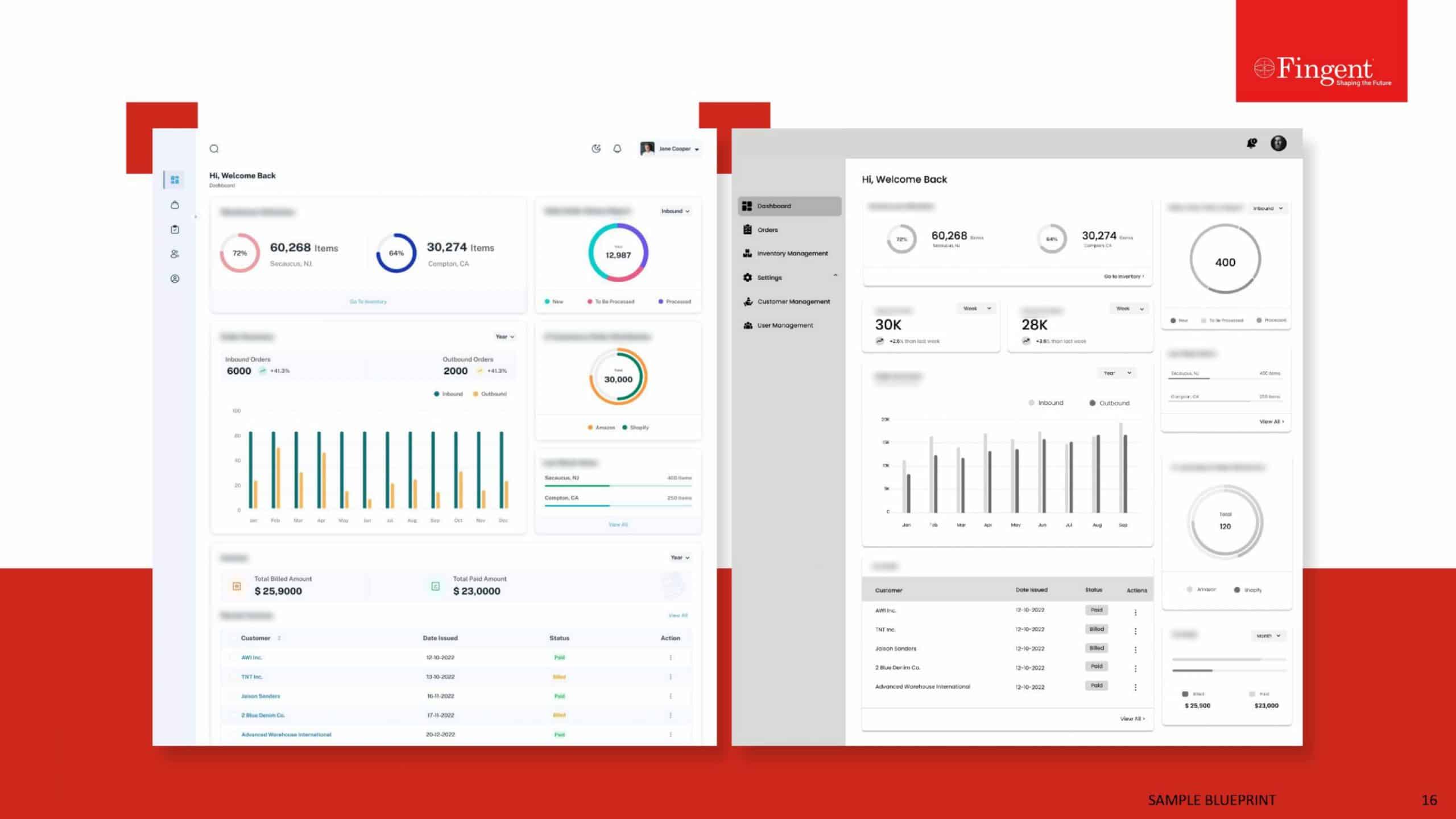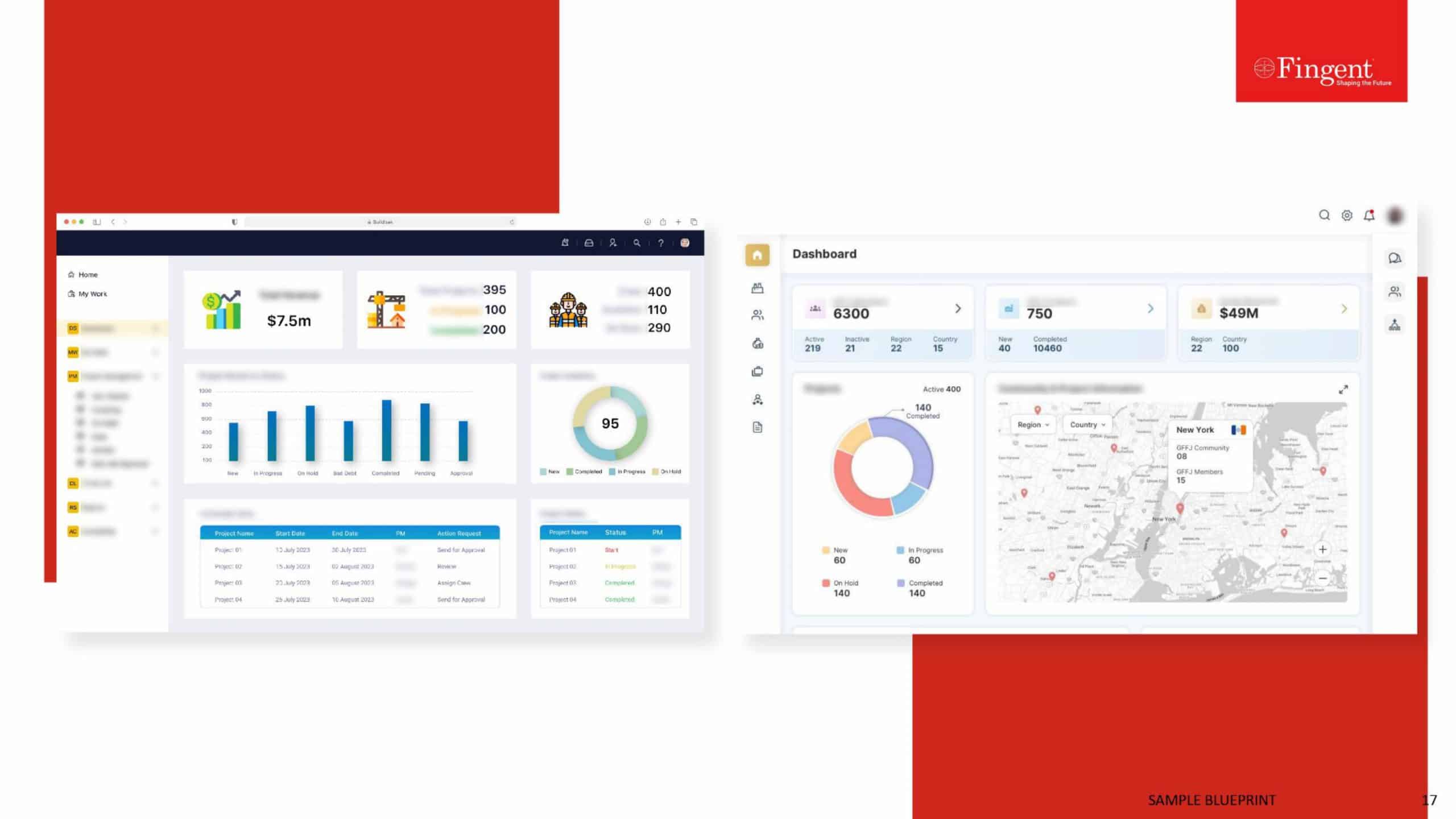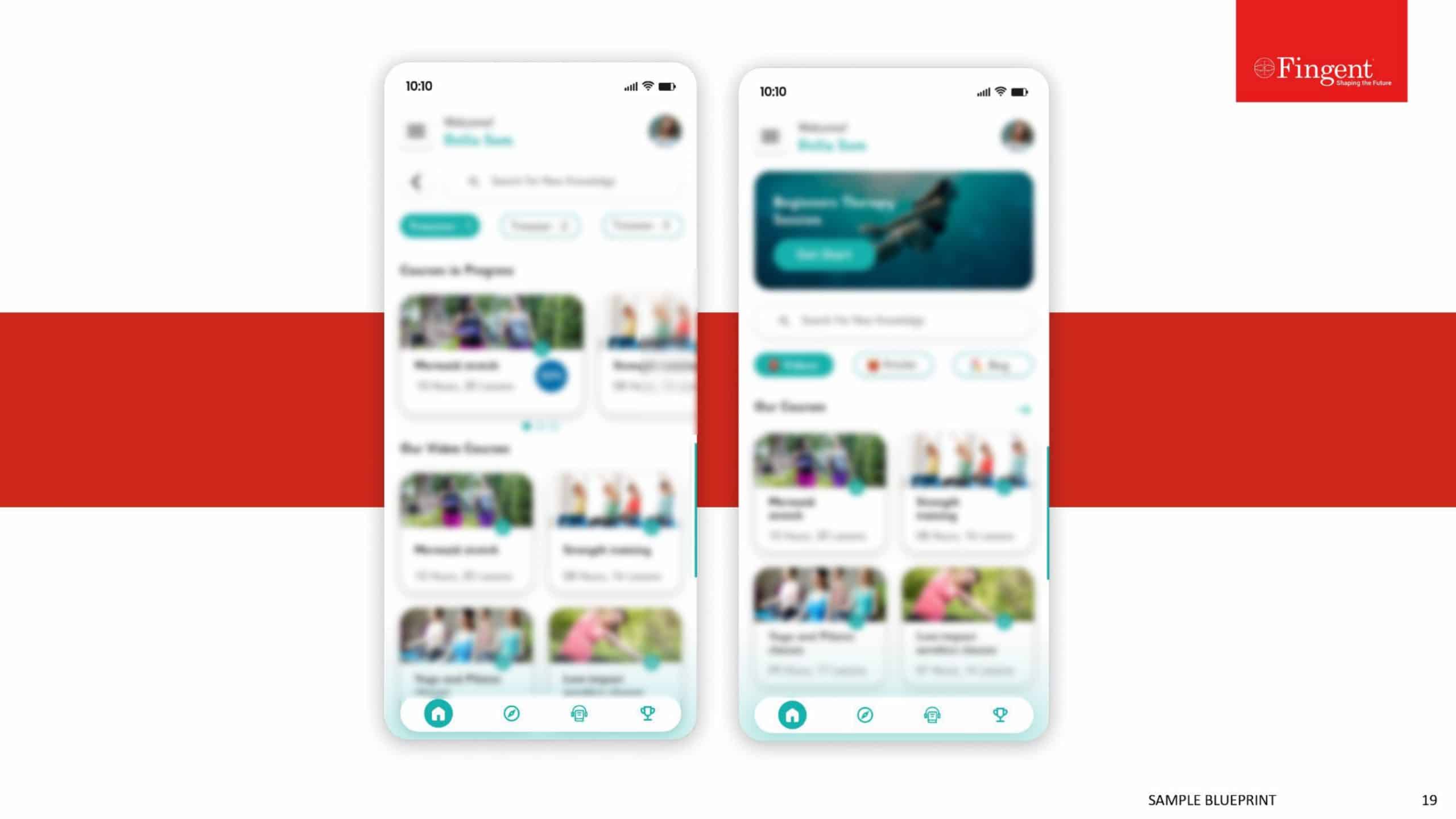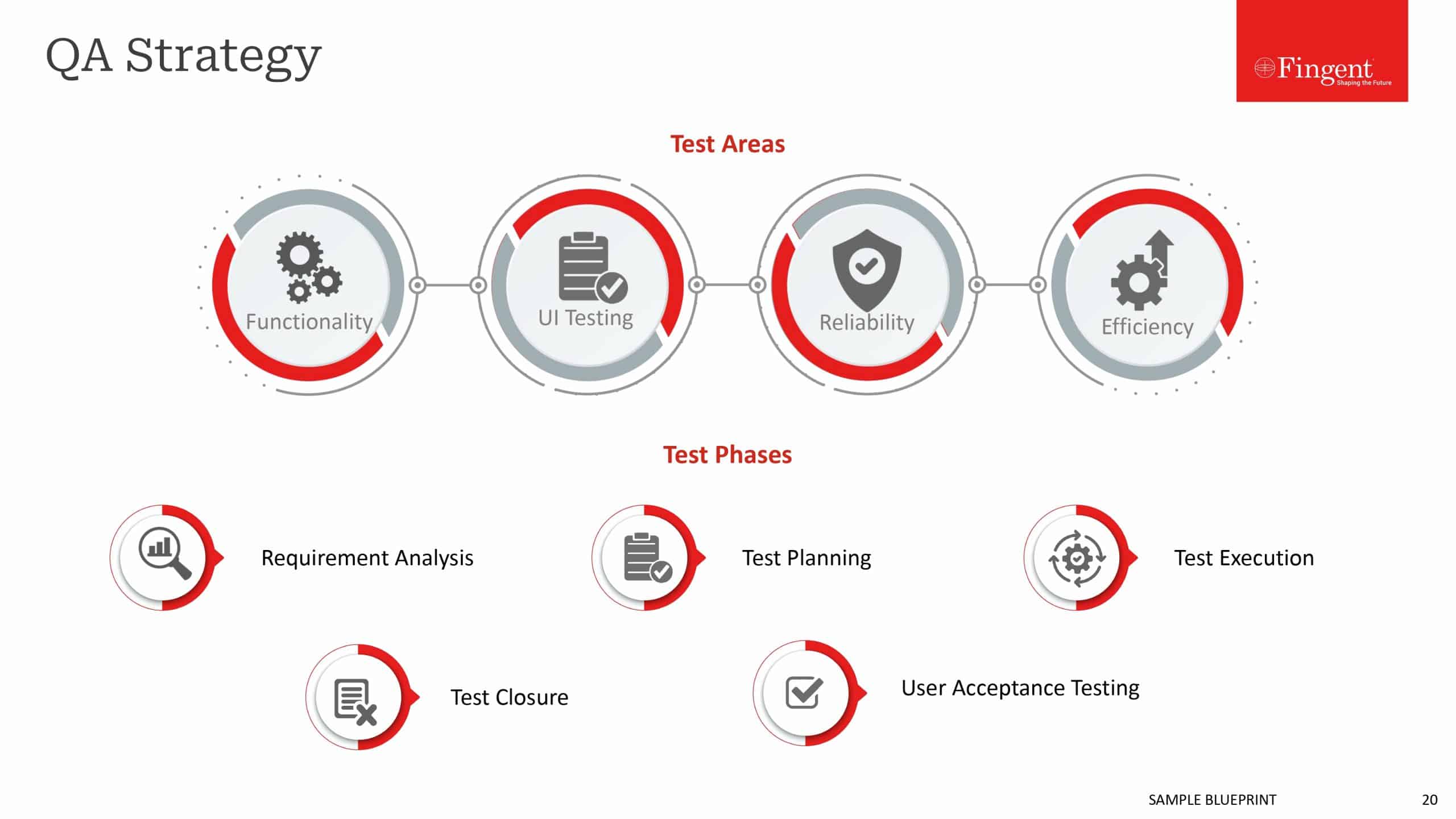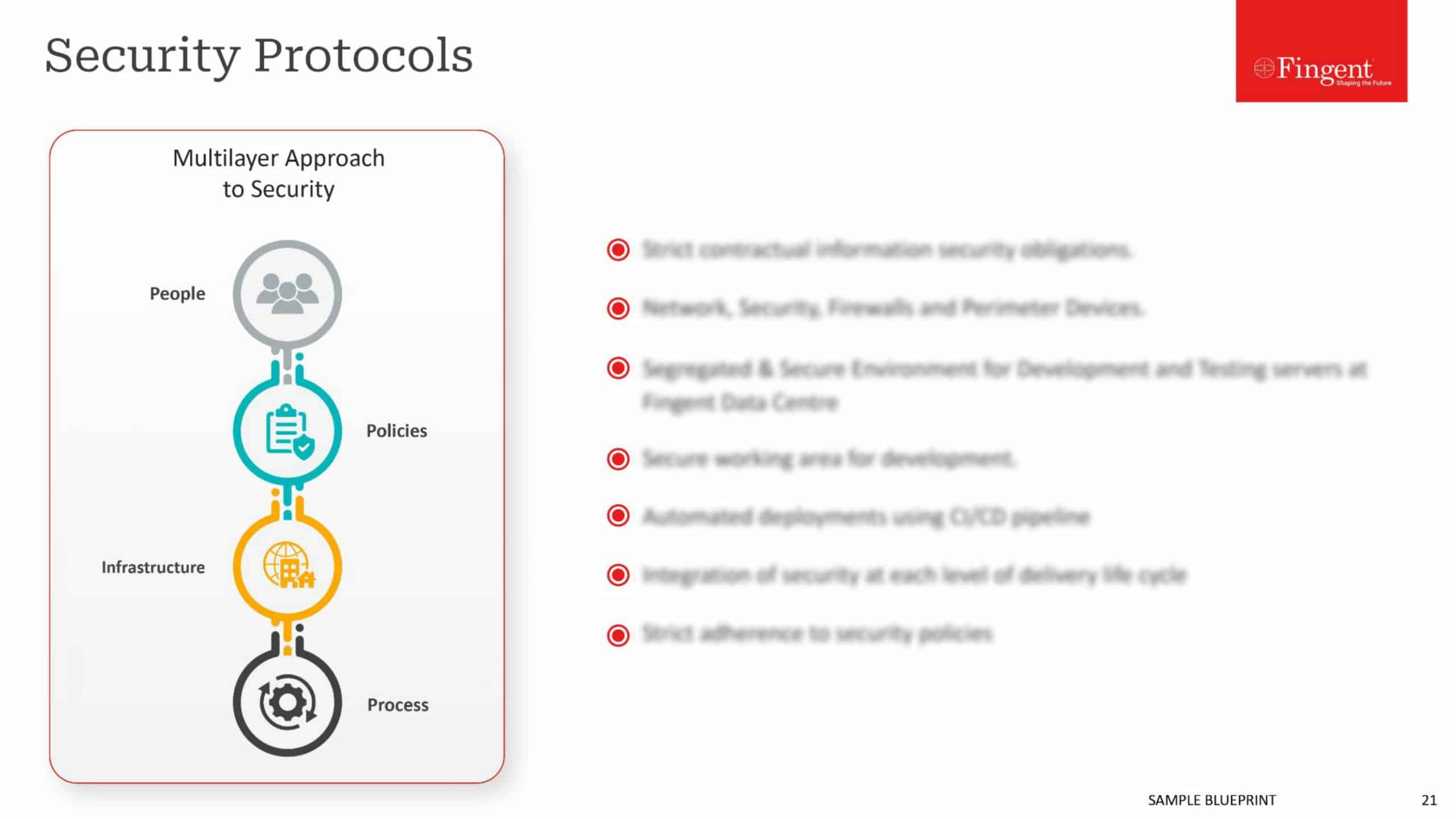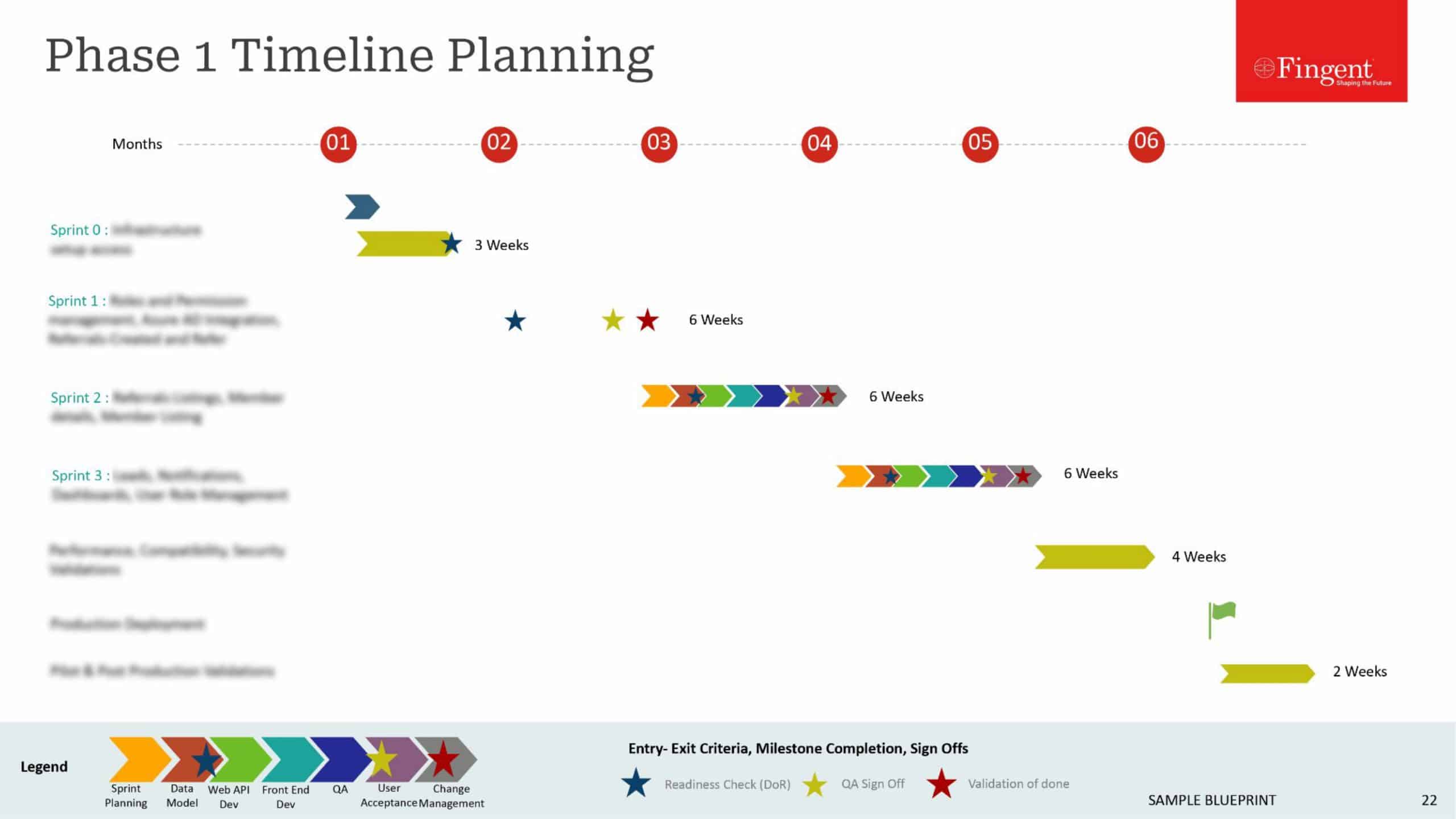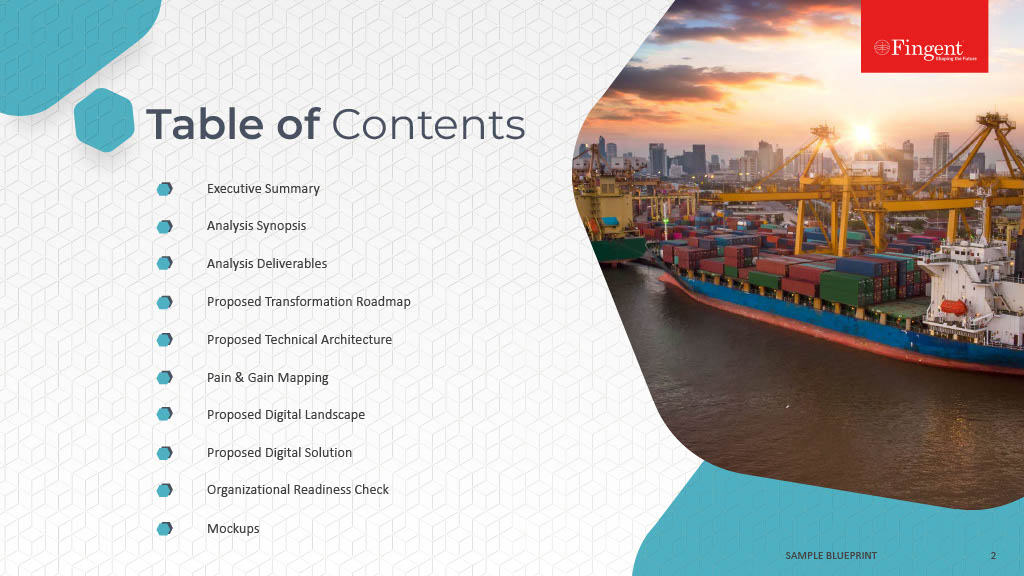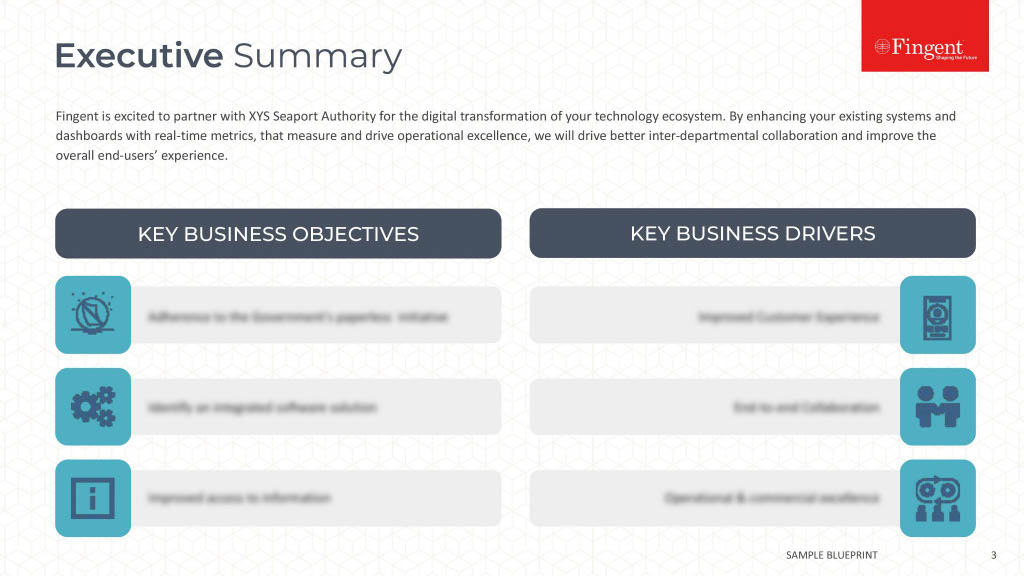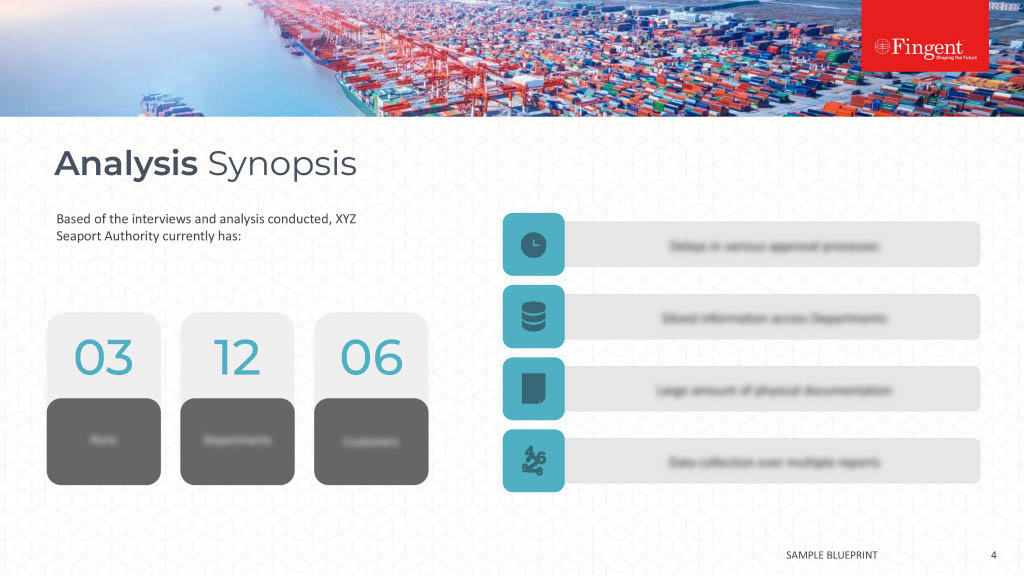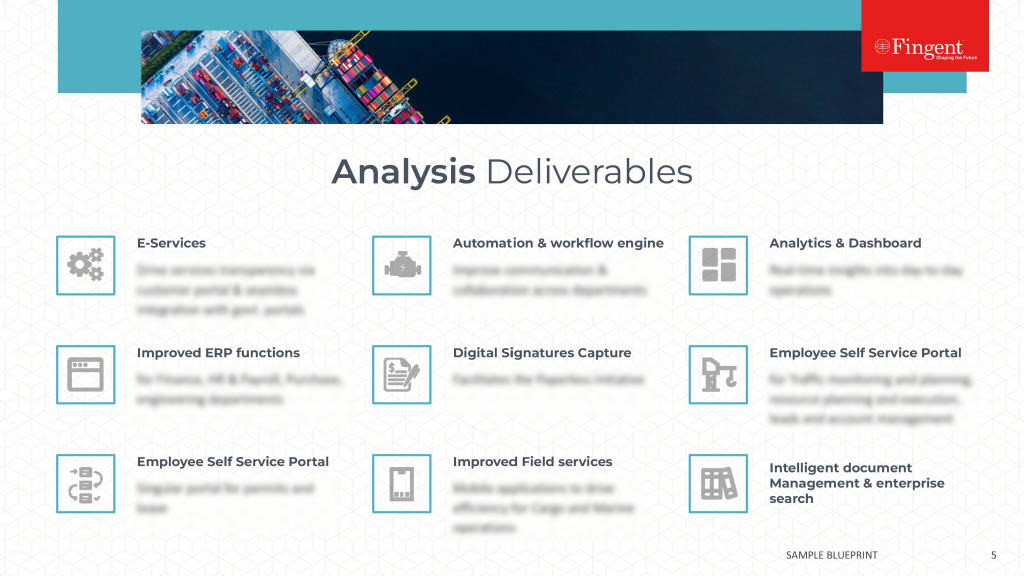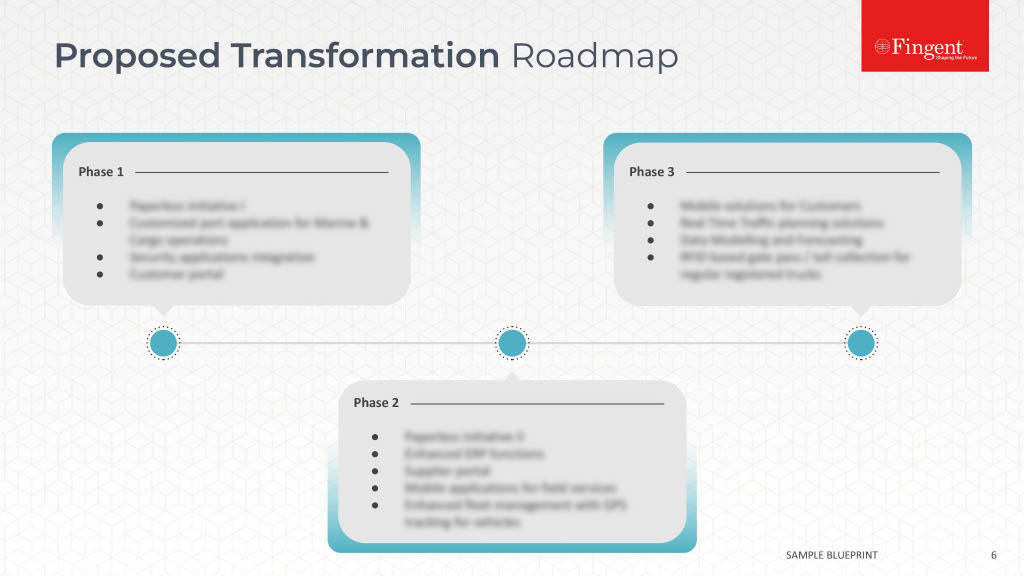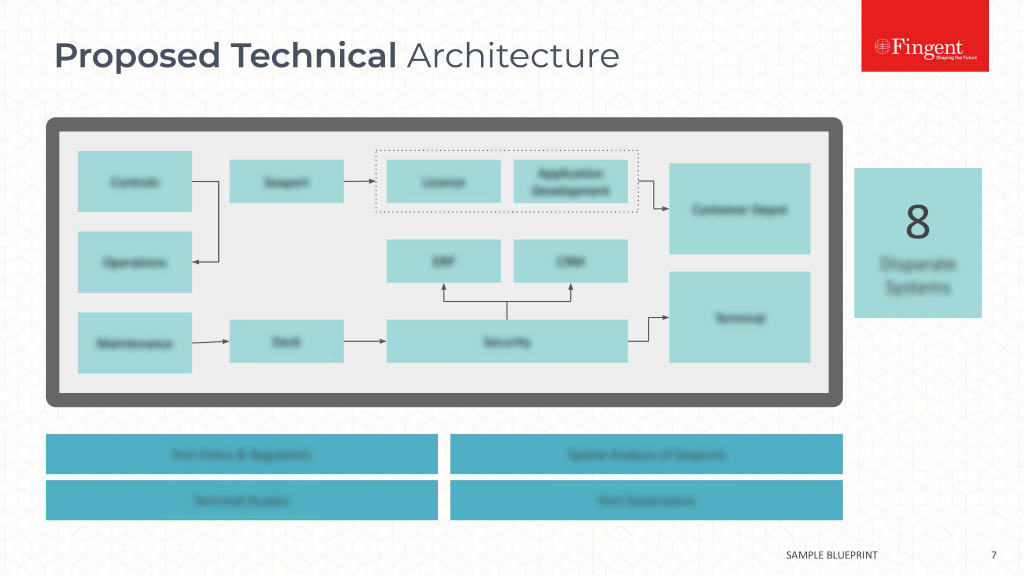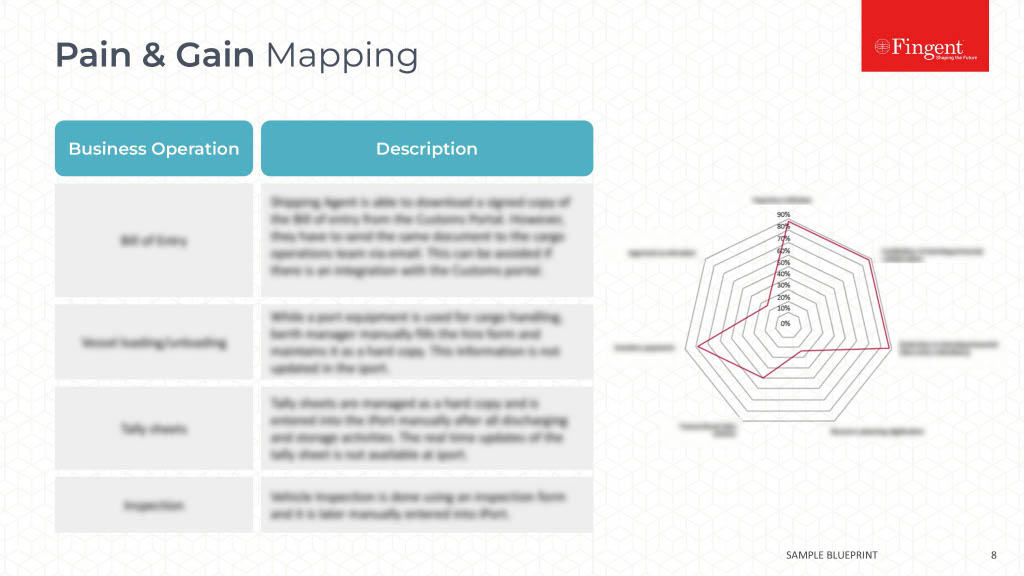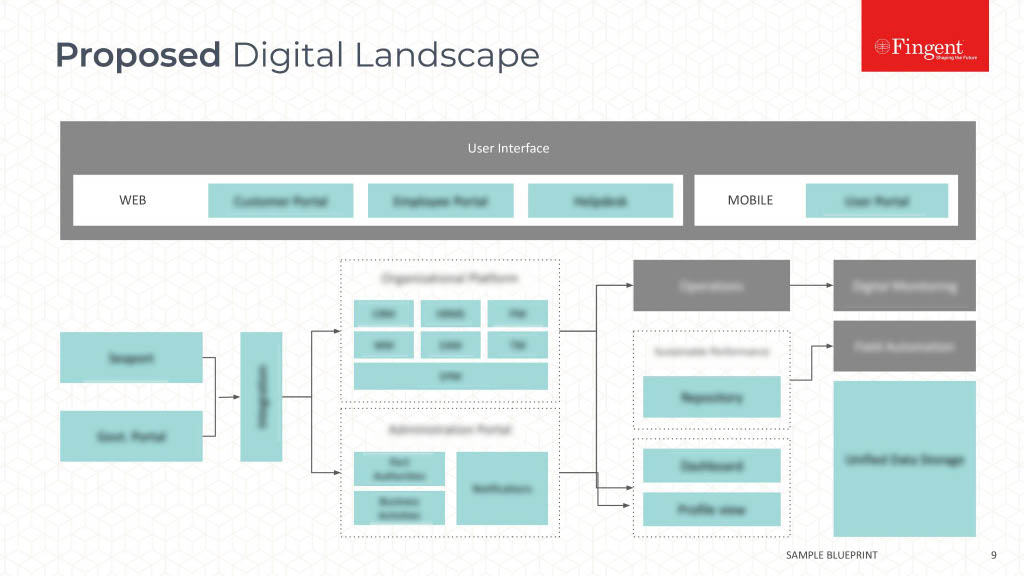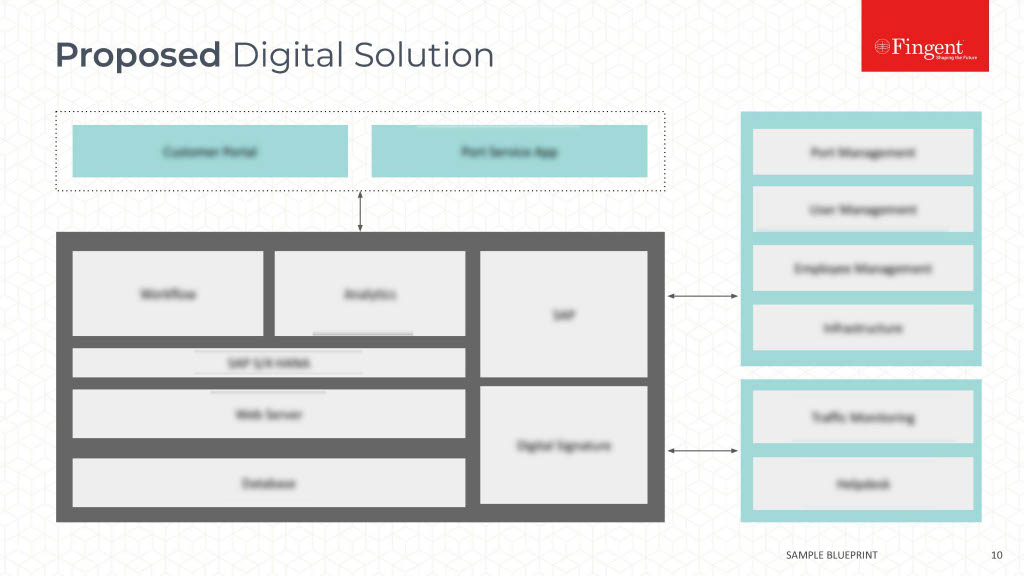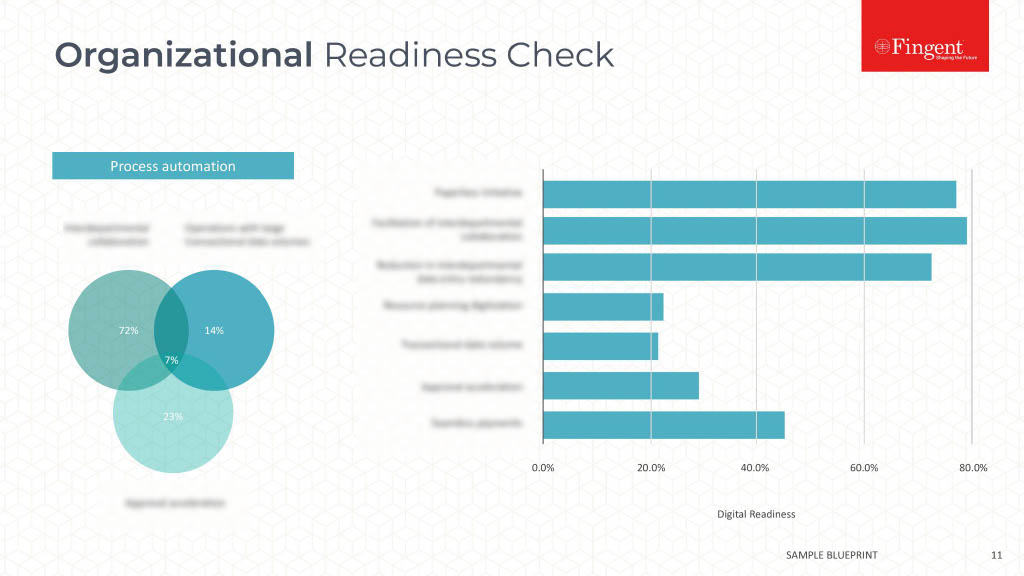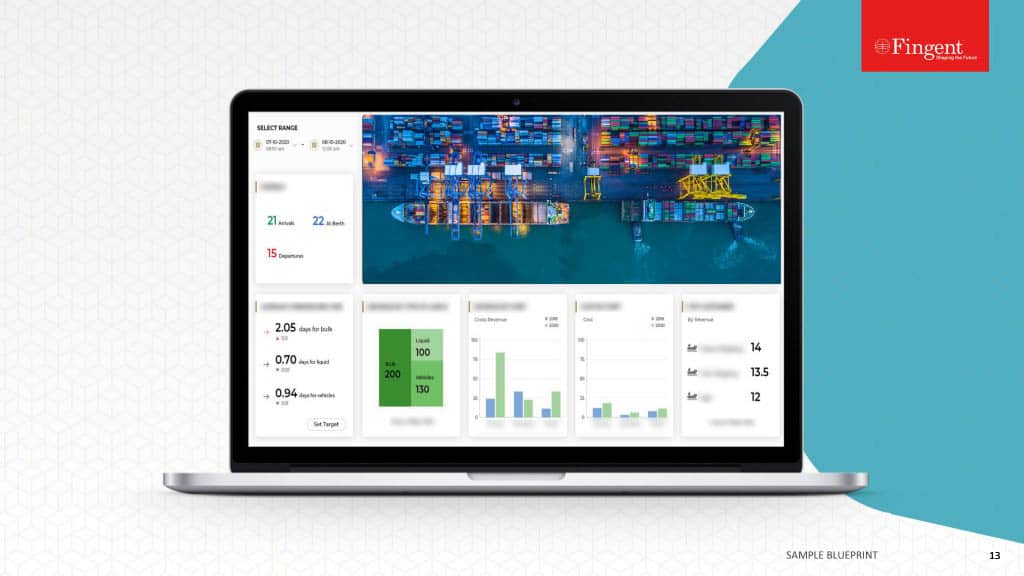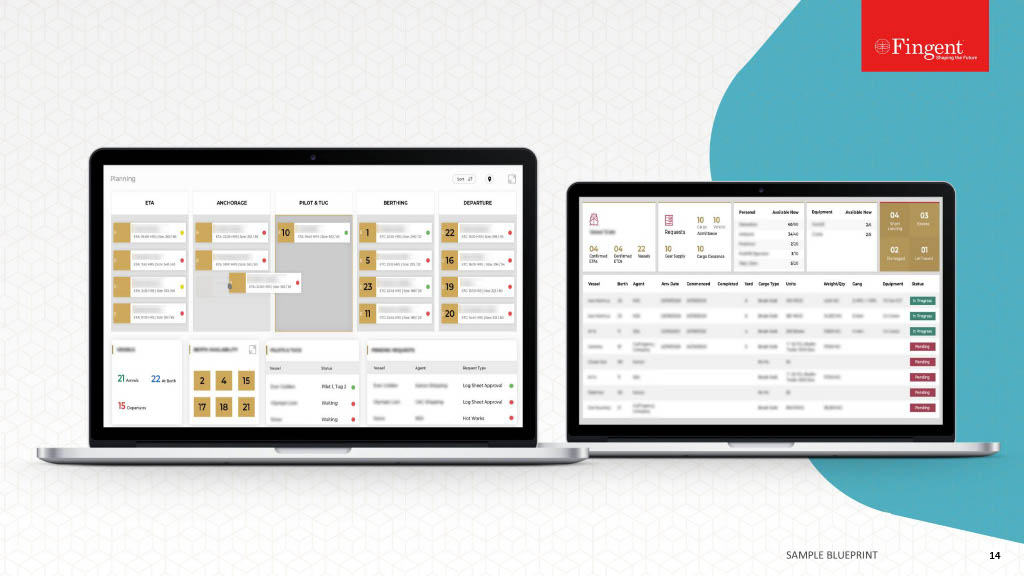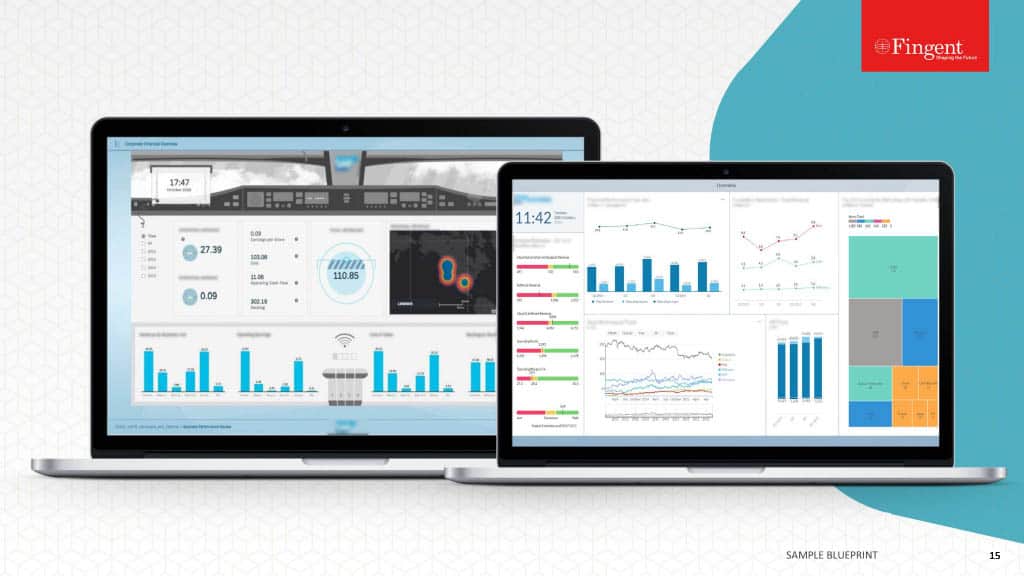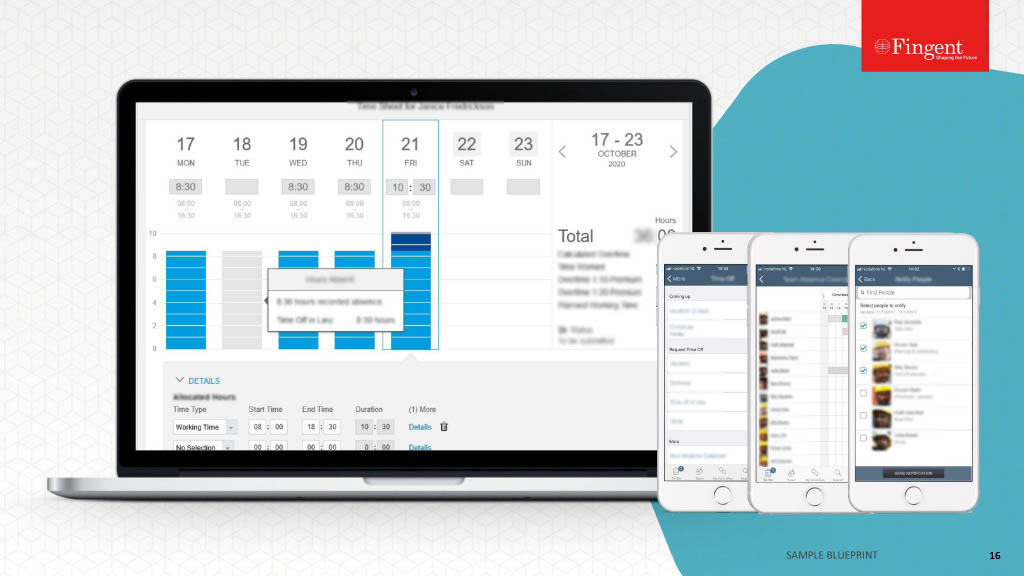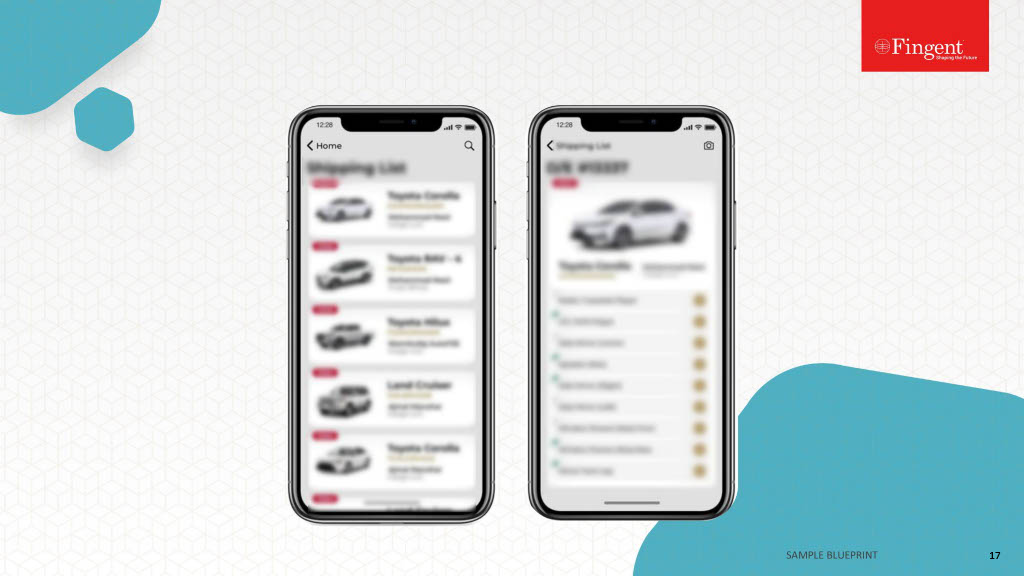Category: Technology
Artificial Intelligence (AI) is the rage now, but like all things tech, it is in a continuous state of evolution. Here is how Artificial Intelligence is expected to play out in 2024.
1. Complex AI-enabled chips in the Offing
The tremendous power of Artificial Intelligence, manifesting in the ability to undertake advanced mathematical calculations, number crunching, facial recognition, object detection, and other complex tasks, come with a hardware cost. Even the fastest and most advanced CPU is inadequate to improve the speed of training an AI model. Seamless execution of AI models requires additional hardware, in the form of specialized processors to complement the CPU.
Leading chip manufacturers such as AMD, Intel, NVIDIA, Qualcomm, and others, however, are working on removing the limitation, and are on the cusp of rolling out specialized chips that speed up the execution of AI-enabled applications. Hyperscale infrastructure companies such as Google, Amazon, Microsoft, and Facebook are also increasing investments in custom chip development. These new chips would be based on field programmable gate arrays (FPGA) and application specific integrated circuits (ASIC) and optimized for specific use cases and scenarios.
Needless to say, the new chips in the offing would make high-performance computing tasks such as query processing and predictive analytics very fast and seamless. Such chips would find application in a host of industries such as healthcare, automobile, and more.
Some of the early bird initiatives, such as Project Nitro from Amazon, Cloud TPUs from Google, Project Brainwave from Microsoft, Intel Myriad X VPU is a portent of the things to come in future.
2. Rise of ONNX to Facilitate Interoperability among Neural Networks
Developing workable AI based neural networks depends largely on selecting the right framework. While plenty of choices exist as to frameworks, developers are hamstrung by the lack of interoperability among such frameworks. This holds true for all the popular frameworks in vogue, including TensorFlow, Caffe2, Apache MXNet, PyTorch, Microsoft Cognitive Toolkit, and others.
Industry biggies such as AWS, Facebook and Microsoft are however are working on it, and have collaborated to build Open Neural Network Exchange (ONNX), which makes it possible to reuse trained neural network models across multiple frameworks.
ONNX is all set to become an essential technology for the industry in coming years, adopted by the stakeholders in a big way. Windows 10 ships already with ONNX runtime and Intel’s OpenVINO toolkit already supports ONNX, indicating the trend.
3. Automated Machine Learning to Gain Prominence
Machine Learning holds unbound promise but developing models is hard work, and the highly advanced expertise required stifles possibilities.
AutoML is however all set to change things. Applied the right way, it would empower business analysts and developers to evolve machine learning models capable of addressing complex scenarios without having to go through the usually arduous and vexatious process of training ML models, or going through elaborate workflows. Business analysts could focus on the business problem on hand, rather than worry about process and workflow.
AutoML offers the same level of flexibility that cognitive APIs perform, but also offer high portability and ability to co-opt custom data.
DataRobot, Google Cloud AutoML, Microsoft Custom Cognitive APIs, Custom Entities for Amazon Comprehend are some of the AutoML solutions already launched. The popularity of these tools indicates widespread popularity for AutoML in future.
4. Automation of DevOps through AIOps
AIOps represent the convergence of AI and DevOps. Such a convergence, which is all set to go mainstream, will benefit public cloud vendors and enterprises considerably.
Modern applications and infrastructure generate considerable log data, generated by hardware, server and application software, operating systems, and other sources. Such data finds a use for indexing, searching, and analytics, and is also aggregated and correlated to find insights and patterns. The application of machine learning models to such datasets makes IT operations proactive. Business managers and other stakeholders obtain insights in real time, allowing prompt and timely action. Enterprises could, for instance, leverage the improved and real-time intelligence to perform precise and accurate root cause analysis.
Some of the AIOps based tools already in vogue include Amazon EC2 Predictive Scaling, Amazon S3 Intelligent Tiering, Moogsoft AIOps, and Azure VM resiliency.
5. The rise of Virtual Agents
Businesses have started using Artificial Intelligence powered chatbots in increasing numbers. Chatbots answer questions, qualify sales leads and assist check out for online customers, among other applications. This year is likely to see an upgrade from chatbots to AI-powered virtual agents capable of handling even more complex customer service tasks, with even a face and personality of their own.
As a portent of things to come, Ava, Autodesk’s virtual agent, comes with a female face and a powerful persona that resonate the company’s brand image. Needless to say, such virtual agents are much more effective than human agents.
6. Increasing Role of Artificial Intelligence in Cyber Defense
Cybercrime has been a major issue for several years now. Cybercriminals target cloud infrastructure, IoT, and other cyber assets at will. Coming days will see an increasing application of Artificial Intelligence to fight cybercrime and keep cyber networks secure.
Artificial intelligence and machine learning are already applied to pick up subtle indicators of abnormal activities, detect online enemies in real time, and nip cyber threats in the bud.
7. AI to Power Smarter Retail Recommendations
The advancements in Artificial intelligence enable businesses and marketers to develop models that would recommend products based on not just the customer’s browsing history, but also the tone and sentiment. In future, companies will embrace AI-based solutions to offer their customers highly personalized shopping experiences. Such experiences would expand beyond e-commerce to brick and mortar stores as well, through digital interfaces.
It is interesting times ahead for AI. Smart enterprises would do well to tag tech companies who keep themselves abreast with the latest developments in this red-hot emerging technology and develop solutions to apply it to roll out workable solutions.
Related Reading : Unconventional Ways Artificial Intelligence Drives Business Value
Stay up to date on what's new

Featured Blogs
Stay up to date on
what's new



Talk To Our Experts
The Healthcare sector is booming at a faster rate and the necessity to manage patient care and innovate medicines has increased synonymously. With the rise in such needs, newer technologies are being adopted in the industry. One such major change that might take place in the future is the use of Big Data and Analytics in the Healthcare sector.
According to an International Data Corporation (IDC) report sponsored by Seagate Technology, it is found that big data is projected to grow faster in healthcare than in sectors like manufacturing, financial services or media. It is estimated that the healthcare data will experience a compound annual growth rate (CAGR) of 36 percent through 2025.
Market research have shown that the global big data in the healthcare market is expected to reach $34.27 billion by 2022 at a CAGR of 22.07%. Globally, the big data analytics segment are expected to be worth more than $68.03 billion by 2024, driven largely by continued North American investments in electronic health records, practice management tools, and workforce management solutions.
Here are 5 ways in which Big Data can help and change the entire scenario of the Healthcare sector.
1. Health Tracking
Big Data and Analytics along with the Internet of Things (IoT), is revolutionizing the way one can track various user statistics and vitals. Apart from the basic wearables that can detect the patient’s sleep, heart rate, exercise, distance walked, etc. there are new medical innovations that can monitor the patient’s blood pressure, pulse Oximeters, glucose monitors, and more. The continuous monitoring of the body vitals along with the sensor data collection will allow healthcare organizations to keep people out of the hospital since they can identify potential health issue and provide care before the situation goes worse.
2. Reducing Cost
Big Data can be a great way to save costs for hospitals that either over or under book staff members. Predictive analysis can help resolve this issue by predicting the admission rates and help with staff allocation. This will reduce the Rate of Investment incurred by hospitals and in fact help utilize their investment to the max. The insurance industry can save money by backing wearables and health trackers to ensure that patients do not spend time in the hospital. It can save wait times for patients since the hospital will have adequate staff and beds available as per the analysis all the time. Predictive analytics also helps cut costs by reducing the rate of hospital readmissions.
According to a recent report by the Society of Actuaries, 47% of healthcare organizations are already using predictive analytics. It is also noted that over 57% of healthcare sectors believe that predictive analytics will save organizations 25 percent or more in annual costs over the next five years.
Healthcare & Big Data Facts: McKinsey & Company report states that after 20 years of steady increases, healthcare expenses now represent 17.6% of GDP, ie. nearly $600 billion more than the expected benchmark for the U.S. size and wealth.
3. Assisting High-Risk Patients
If all the hospital records are digitized, it will be the perfect data that can be accessed to understand the pattern of many patients. It can identify the patients approaching the hospital repeatedly and identify their chronic issues. Such understanding will help in giving such patients better care and provide an insight into corrective measures to reduce their frequent visits. It is a great way to keep a list and check on high-risk patients and offer them customized care.
Read more: Healthcare Technology and Mobile Apps
4. Preventing Human Errors
A lot many times it has been noted that the professionals tend to either prescribe a wrong medicine or dispatch a different medication by mistake. Such errors, in general, can be reduced since Big Data can be leveraged to analyze user data and the prescribed medication. It can corroborate the data and flag potential out of place prescription to reduce mistakes and save lives. Such software can be a great tool for physicians who cater to many patients in a day.
Healthcare & Big Data Facts: The Centers for Medicare and Medicaid Services prevented more than $210.7 million in healthcare fraud in one year using predictive analytics.
5. Advancement in Healthcare Sector
Apart from the current scenario, Big Data can be a great benefit for advancement in science and technology. For Healthcare, Artificial Intelligence, such as IBM’s Watson can be used to surf through numerous data within seconds to find solutions for various diseases. Such advancement is already in progress and will continue to grow with the amount of research collected by Big Data. It will not only be able to provide accurate solutions, but also offer customized solutions for unique problems. The availability of predictive analysis will assist patients traveling to a particular geographical location by studying similar patients in that area.
Healthcare & Big Data Facts: Effective use of big data could add $300 million per year to the healthcare industry.
Thus, to sum up, Big Data increases the ability of the healthcare sectors to:
- Predict Epidemics
- Cure Disease
- Improve Quality of Life
- Increase Preventable Care
- Begin Early Preventive Care
- Spot Warning Signs Sooner
Numerous studies and researches prove that technology has tremendously transformed the healthcare sectors. Professor and researcher Ronda Hughes too explains in her research how big data is improving health services.
Improving health outcomes with big data | Source : TEDxUofSC
Although most part of Big Data generated is not fully utilized currently due to limitations of the toolset and funds, it is definitely the future. Invest in the future and leverage Big Data Analytics to be a part of the evolving Healthcare Industry by partnering with Fingent, a top custom software development company with extensive experience in this domain.
Related Reading: Find out how big companies are using the power of Big Data to enhance customer experience.
Supercharge your field operations with ReachOut
Cloud-based field service platform to optimize service delivery for efficiency and cost savings. Schedule jobs, dispatch technicians, generate tickets, quotes, invoices & more.
Start NowStay up to date on what's new

Featured Blogs
Stay up to date on
what's new



Talk To Our Experts
A 2017 study on the big data market worldwide showed that by the end of the year, nearly 53% of all companies had adopted big data analytics in some form to optimize business performance. The talent market too witnessed an increased demand for professionals with expertise in big data. We are the crossroads of a huge transformation exercise wherein data is the new oil. From wristbands to connected cars and automated factories, today’s enterprises deal with an enormous amount of data that they need to utilize for growth and innovation. This is true for any industry, be it financial, manufacturing, life sciences, or any other field. As the volume of data flow grows, the technology needed to manage and utilize it is in need of an innovative makeover.
The businesses of today need the next generation of custom software tools to harness the power of big data. They need to set up a technology backend that can support and supply data to multiple enterprise applications at different units in their businesses. Custom application development practices need to incorporate the changing philosophy of big data streams into their core operational procedures. Many organizations find it difficult to empower their software or technology team with knowledge on incorporating big data methodologies into their development practices. This is one of the key reasons why only 37% of companies have been successful in transforming into data-driven organizations, even though over 85% are trying to achieve this feat. So how can enterprises of today explore the power of big data using custom software development capabilities?
How to use Big Data to re-define your custom software development landscape
To answer the question, we decided to provide some tips for organizations to create valuable business results by incorporating big data into their custom software development cycle. Here are 5 ways to derive tangible business value from your investments in big data within software development.
1. Prepare for a mobile-first strategy
Over 50% of the US population owns a smartphone, and by 2020 it is expected that over 10 billion smartphones will co-exist with humans worldwide. No matter which industry you operate out of, if your customer-facing points do not have a mobile focus, then you are losing out to competition. By incorporating a big data philosophy, every custom software application that your organization builds will be able to handle data inputs from billions of mobile devices. This data can be analyzed, and insights can be used to direct content to mobile devices. And there is another scenario: if your business wants to be at the forefront of mobility, then tuning your custom software development practice to include big data concepts is a perfect way to get the heads-up on the competition.
2. Respond faster to customers
Your core business systems might already be engineered to provide support to your associates at customer facing avenues. With the velocity of requests coming in from diverse customer channels today– the internet, social media, physical POC’s, etc.– it becomes difficult for your employees to provide personalized attention to each customer. However, if your custom software development team is equipped with the skills to incorporate big data management trends within their development model, the resulting customer experience would be seamless. Ready-availability of information would help associates run the gamut of customer queries across channels simultaneously and with personalized attention. A faster response will pave the way for increased customer loyalty and will ultimately reflect positively on your business revenue.
3. Bolster automation efforts
From autonomous production facilities to automated email campaigns, enterprises worldwide are investing heavily in automating business processes. Productivity improvements, elimination of errors and biased decisions, efficiency, etc., are some of the key reasons cited. However, for each process within a business, the saga of automation can do wonders only if they are equipped to explore and manage all possible data points within them. This is where your software engineering teams need to see the bigger picture while building apps for every department. The applications need to be extensible for data flows from various sub-functions and units within teams. Only when processes and teams become data-driven will there be an opportunity to automate the process. Thus, having a big data approach in your custom software development practice will ensure that the future of automation in your business is moving in the right direction.
4. Set the tone for artificial intelligence
Just as in the case of automation, enterprises need to be data-driven if they are to incorporate transformative technology transitions like artificial intelligence. For algorithms to decide the future of customer experience, the first step is for these systems to learn about your customers and your business. This learning is facilitated by data insights that are generated by your custom software applications powering each unit of your business. Hence, by driving a culture of big data thinking within your custom software development team, the foundation for AI-enabled systems is well cemented into your base. Growing this in into future recommendation engines, conversational bots, autonomous business units, etc., will be a seamless activity.
5. Remain competitive in the digital era
This is a culmination of all that we have mentioned in the previous points. In an increasingly digital age, businesses can go down the drain in a very short time if they fail to innovate on the digital front. Data is the basic unit of every digital transformation initiative, and if your business isn’t equipped to generate and harness the power of data, then your chances of survival will be slim in the long run. This concept needs to be instilled at the grassroots level of your custom software development practice. Only if your business applications can handle the volume, veracity, and velocity of big data, will your business be able to serve the next generation of digitally savvy consumers.
Now that you know the importance of having a big data methodology in your custom software development practice, what you need to do is to start building awareness about it. Let your teams know the growing needs of the digital age and how data becomes the fundamental DNA of every business process. If your core business operations are not serving the tech industry, then it is best to have a solid technology consulting partner for your custom software development needs. Fingent software development company, we work with some of the world’s best businesses to deliver meaningful customer experiences with big data incorporated custom software development services. Talk to our experts today to learn how we can tap the hidden potential of your enterprise data.
Stay up to date on what's new

Featured Blogs
Stay up to date on
what's new



Talk To Our Experts
Automatic control, which has been the foundation of automation, has been here for centuries. As far back as the 17th century, systems with automatic control devised for the regulation of steam engines, temperature control, and other applications. Automation has come a long way since then. Its application in the Health care sector that has been especially noteworthy since it has made huge strides in saving costs, labor, and lives! This blog will have an in-depth into how automation is revolutionizing the health care sector.
The Healthcare Industry – An Overview
Before we get into the role automation has played in the healthcare sector, it makes sense to have an overview of how the Healthcare Industry has been doing. Innovation and R&D in the past few decades have contributed to more effective medicines, improved diagnostic aids, and technological solutions to non-invasive procedures. These are naming just a few of the accomplishments in the healthcare industry.
Along with the accomplishments, there have been a few challenges as well. The availability of quality and affordable healthcare for its people is an important indicator of how well a nation fares on the Human Development Index (HDI). The problem is that even developed countries are struggling to meet this need effectively. There are many reasons for this and here are a few of them.
1) Rising Expenditures
There are huge investments being made in the healthcare sector in terms of funding drug discovery and providing facilities. This often translates into enormous hospital bills, which reaches down to patients.
A Research Gate study showed that supply expense per patient admission in the US was estimated to be $4,470! The disproportionate constraint of health insurance reimbursements makes the problem worse. The growing demand for procedures requiring medical devices is a further strain on the pockets of health care providers. For example, the National Center for Health Statistics (NCHS) predicts that the number of knee replacements will expand by 673% by the year 2030. Identifying R&D opportunities for drug discovery also involves large expenses and involves several data assimilation and regulatory challenges. Large volumes of data and insights are involved, and this expends time and cost.
Balancing costs and health outcomes require an intelligent assessment by formulary committees, which takes into consideration numerous data variables.
2) Appointment Scheduling
A survey of nearly 500 healthcare professionals on the Top Challenges for Medical Practices showed that lost revenue from broken appointments was the top challenge with 49.5% respondents voting for this. Other challenges included:
- Low response to recall efforts
- Not enough staff time to call patients
- Keeping updated patient contact information
- Lack of an efficient way to reach patients via text message
- Not connecting with enough patients with a reminder phone call
3) Security
Patients entrust private information to health care providers, including social security numbers and financial details. The theft of such data could be catastrophic, to say the least. Reports show that the highest data breach resolution costs in the United States are for healthcare data breaches, which typically cost an average of $408 per record. The time taken to identify and contain a breach includes significant losses. Above all, the loss of trust and reputation with customers could deal a fatal blow to health care providers.
What is Data Automation
Automation is when manual tasks are reduced by the use of information technology. Repetitive tasks that require least human intervention benefit the most from automation. Data automation is the process when programming takes care of the assimilation, storage, and analysis of data.
Data automation usually involves:
- Extraction: Multiple open data sources are mined for relevant information.
- Transformation: The data is converted into a format that can be used by machines.
- Loading: The data is then fed into the system to serve as the raw material for automation.
Big Data Automation (BDA), is a broad concept that makes use of innovation and IT resources to create value. A few aspects of Big Data automation were brought out in a whitepaper by WhereScape. The WP has Barry Devlin describing Big Data automation as follows:
In addition to reducing manual labor in the collection and analysis of data, automation can help reduce administrative workloads and improve patient care on many levels. Robotic Process Automation (RPA) is the next level in automation. This uses machine learning and AI to effectively handle tasks that are done manually. RPA has made huge strides in Healthcare. A Deloitte article entitled “RPA in Health Care Can Improve Outcomes for All “puts it well: ‘RPA can help health care and life sciences organizations collect and translate patient and transactional data into meaningful, actionable formats; streamline compliance-related processes; and relieve employees of some tasks they now perform.’ Blog: Automation in Healthcare: Pioneering Exceptional Care and Streamlined Efficiency Here are some ways in which automation is revolutionizing the healthcare industry: As we discussed earlier, a major cause of rising healthcare costs is the growing demand for medical devices and the innovation costs involved in drug discovery. Automation can greatly aid in this. Recently, FDA Commissioner Scott Gottlieb revealed a budget action plan, which focused on modernizing drug and device production and using innovation to minimize costs and advance public health priorities. Some of the highlights were to enlist “as many as 10 million electronic medical records to speed the regulator’s ability to address emerging safety concerns for drugs, biologics and medical devices.” This would help in fast-tracking the assessment of safety and effectiveness of the drugs and devices. The collection and analysis of data would also support drug discovery and new product functions. Consider the savings in cost and time if tasks like scheduling appointments and reminders would be automated. Apps that automate these tasks have freed up valuable staff and resources allowing them to concentrate on patient care. Some features that these apps make possible: A manual error is often the cause for most security breaches. By automating data processing and sharing, healthcare companies can ensure that handling of data by humans is minimized. With the help of AI and automation, healthcare providers can enable alerts, monitoring, and prioritization of abnormal behavior. Predictive analysis, diagnosis, and recommendations can also be automated ensuring that the system continuously learns to detect and eliminate security vulnerabilities. While we considered just three challenges and the ways in which automation is helping to resolve these challenges, there are many more. Fingent works with various clients in the healthcare sector to design customized applications to help automate their critical processes. Drop us a message to learn how we can help. How Automation Is Revolutionizing Health Care Sector
1) Solving Rising Costs
2) Appointment Scheduling Solutions
3) Security Solutions
Stay up to date on what's new

Featured Blogs
Stay up to date on
what's new



Talk To Our Experts
Hotels leave no stone unturned in today’s extremely competitive business environment, and a key weapon in their arsenal is technology. However, with technology in a constant state of flux and constantly unlocking new opportunities to improve customer satisfaction and boost internal efficiency, hotels have their task cut out leveraging technology to remain one-up on competition.
6 Ways Hotels Can Use Technology to Improve Guest Experience
1. Online Bookings
The most apparent manifestation of technology in the hotel industry is hotel bookings. The internet also obviously makes accessing information easy, and transparent. Data such as check-in and checkout times, rates, facilities on offer, and other key details allow guests to make informed decisions. Surveys show that around 48% of smartphone users in the U.S are comfortable researching, booking and planning their entire trip to a new travel destination using only a mobile device.
Popular websites such as booking.com, agoda.com, hotels.com, and even websites of hotel chains, such as ibis.com and others are now the default way people search for room, deals and make bookings. There are already websites that compare deals and offers from various websites, and with technology advancing, the day is not far off when potential guests can experience their room in a virtual reality setting, before making a booking.
According to the Oracle Hospitality report, 35% of guests said they would prefer the ability to schedule room cleaning and 26% said they would like to receive a smartphone notification to show if their room was being cleaned.
Improved analytics may also allow guests to select hotels with facilities that best match their tastes, interest, and convenience. Hotels that do not embrace technology and facilitate such options for their guests stand to miss out big time.
2. Online Reputation
Today’s customers are highly knowledgeable and see through marketing pitches instantly. They are more likely to take official communication, even if true, with a pinch of salt. They increasingly rely on social media to seek reviews and recommendations from genuine travelers. In such a state of affairs, hotels are increasingly investing in enhancing their social media presence through brand ambassadors, brand advocates, influencers and others. Large hotels now even have dedicated social media teams, scanning the internet, and responding to bad reviews, hoping to make amends.
A positive social media reputation works wonders in terms of hotel occupancy. About 87% of TripAdvisor users feel more confident when they read travel reviews, and about 98% find such reviews “accurate of the actual experience.”
Technology has shifted the balance of power toward guests, and hotels have no option but to work harder to match customer expectations.
3. Enhancing Guest Experience
The latest technological advances contribute greatly to making check in and check out, and other guest related processes easy, seamless, and fast. Self check-in and checkout through electronic kiosks, online check in, online payments, and more all does away with the lines and long wait times, both major pain points for long. The latest technology allows guests use their smartphones as the room key, enabling them to proceed straight to their rooms. Likewise, guests can check out with a few clicks of the smartphone, and avoid the reception altogether.
Hilton Worldwide already offers guests the ability to check in and out, select their room, check maps and make extra requests or purchases, from their smartphones. For those who think such benefits are too exaggerated, all they need to do is try and check in or check out of a Las Vegas hotel on Sunday noon.
Here are some other ways hotels are using hi-tech to enhance their guest experience:
-
Voice Controlled Room
Wynn Hotel & Resort, Las Vegas has implemented Amazon Echo to maximize their customer benefits. With Amazon’s Alexa voice assistance, guests of Wynn can control the lighting, temperature, draperies, and TV in their rooms. Here’s a video that shows how it’s all done.
-
Robotic Butlers
Aloft in Cupertino has implemented hi-tech features to optimize hospitality for guests. In addition to keyless entry via Aloft smartphone app and Apple TV in every room, Aloft Cupertino employs a robotic butler called Botlr to deliver 24/7 customer services of all kinds.
-
Digital Concierge
Renaissance Midtown Hotel, New York, features an interactive wall called The Discovery Portal. It’s a virtual concierge where guests are allowed to choose from categories of entertainment, dining and much more by stepping onto a circular hologram projected on the floor. In addition, the hotel also offers in-person concierge service to provide guests with in-depth information on what they have found in The Discovery Portal.
-
Robotic Luggage Storage
Yotel in New York is using robotics and artificial intelligence to delight guests while making the most of small spaces. To make check-in process more convenient, Yotel has touch-screen kiosks instead of front desk staffs and friendly robots to store luggage. Check this video to learn how guests at Yotel uses Robotic Luggage Storage.
4. Enhanced Targeting
From a marketing perspective, technology allows hotels to target their prospects and customers better. A basic manifestation is hotels reminding business guests about their meeting room schedules, targeting specific groups, such as those who have arrived for a convention, with special deals or offers, and more. The ability to connect with targets in real time reduces marketing costs while increasing effectiveness at the same time.
5. Streamlining Internal Processes
Technology allows hotels to become lean and mean, and make their internal processes more seamless and effective.
A customer relationship management (CRM) suite allows organizing and managing information from a central console, enabling guest relations executives to get the complete history of the customer when interacting with her.
A marketing automation suite makes it possible to customize interactions with guests, send automated emails to guests as required, and do more with less effort.
The future holds much more promise. The hotel could, for instance, leverage deep analytic to structure a package comprising of facilities best suited for the guests. For instance, if the guest is coming for a vacation, the package may include a sightseeing trip, and business visitors may be given access to meeting rooms.
6. Smart Solutions
Smart appliances and home automation solutions are a godsend for the hotel industry, with automated temperature control, lighting, alarms, TV, radio, blinds, and other technological innovation contributing to improved customer satisfaction, and improved services, while reducing overheads at the same time. Guests may, for instance, turn the air conditioner on through an app installed on their smartphone, to ensure optimal temperature when they enter the room. For the hotel, this is a much cost-effective solution compared to leaving the air conditioner on at all times.
With travelers becoming increasingly tech-savvy, hotels who do not embrace the latest technology to deliver innovative services to their guests stand out to lose big time. However, keeping abreast of the changing technology, and developing cutting-edge solutions based on such technology is a big challenge for hotels, and would, in any case, be a drag on their core focus.
Hotels would rather do well to partner with our experienced and talented team to develop technology related solutions. Get in touch with us today to know how our extensive experience in developing highly customized solutions for hotel and related industries can benefit your business.
Stay up to date on what's new

Featured Blogs
Stay up to date on
what's new



Talk To Our Experts
IoT and data remain intrinsically linked together. Data consumed and produced keeps growing at an ever expanding rate. This influx of data is fueling widespread IoT adoption as there will be nearly 30.73 billion IoT connected devices by 2020. The Internet of Things (IoT) is an interconnection of several devices, networks, technologies, and human resources to achieve a common goal. There are a variety of IoT-based applications being used in different sectors and have succeeded in providing huge benefits to the users.
The data generated from IoT devices turns out to be of value only if it gets subjected to analysis, which brings data analytics into the picture. Data Analytics (DA) is defined as a process, which is used to examine big and small data sets with varying data properties to extract meaningful conclusions and actionable insights. These conclusions are usually in the form of trends, patterns, and statistics that aid business organizations in proactively engaging with data to implement effective decision-making processes.
Merging Data Analytics and IoT will Positively Impact Businesses
Data Analytics has a significant role to play in the growth and success of IoT applications and investments. Analytics tools will allow the business units to make effective use of their datasets as explained in the points listed below.
- Volume: There are huge clusters of data sets that IoT applications make use of. The business organizations need to manage these large volumes of data and need to analyze the same for extracting relevant patterns. These datasets along with real-time data can be analyzed easily and efficiently with data analytics software.
- Structure: IoT applications involve data sets that may have a varied structure as unstructured, semi-structured and structured data sets. There may also be a significant difference in the data formats and types. Data analytics will allow the business executive to analyze all of these varying sets of data using automated tools and software.
- Driving Revenue: The use of data analytics in IoT investments will allow the business units to gain an insight into customer preferences and choices. This would lead to the development of services and offers as per the customer demands and expectations. This, in turn, will improve the revenues and profits earned by the organizations.
- Competitive Edge: IoT is a buzzword in the current era of technology and there are numerous IoT application developers and providers present in the market. The use of data analytics in IoT investments will provide a business unit to offer better services and will, therefore, provide the ability to gain a competitive edge in the market.
There are different types of data analytics that can be used and applied in the IoT investments to gain advantages. Some of these types have been listed and described below.
- Streaming Analytics: This form of data analytics is also referred as event stream processing and it analyzes huge in-motion data sets. Real-time data streams are analyzed in this process to detect urgent situations and immediate actions. IoT applications based on financial transactions, air fleet tracking, traffic analysis etc. can benefit from this method.
- Spatial Analytics: This is the data analytics method that is used to analyze geographic patterns to determine the spatial relationship between the physical objects. Location-based IoT applications, such as smart parking applications can benefit from this form of data analytics.
- Time Series Analytics: As the name suggests, this form of data analytics is based upon the time-based data which is analyzed to reveal associated trends and patterns. IoT applications, such as weather forecasting applications and health monitoring systems can benefit from this form of data analytics method.
- Prescriptive Analysis: This form of data analytics is the combination of descriptive and predictive analysis. It is applied to understand the best steps of action that can be taken in a particular situation. Commercial IoT applications can make use of this form of data analytics to gain better conclusions.
There have been scenarios wherein IoT investments have immensely benefitted from the application and the use of data analytics. With the change and advancement in technology, there are emerging areas in which data analytics can be applied in association with IoT. For instance, actionable marketing can be carried out by applying data analytics to the product usage. IoT analytics will also allow the increased safety and surveillance abilities through video sensors and application of data analytics methods.
Healthcare is one of the prime sectors of every country and the utilization of data analytics in IoT based healthcare applications can provide breakthroughs in this area. The reduction of the healthcare costs, enhancement of telehealth monitoring, and remote health services, increased diagnosis and treatment can be achieved using the same.
The utilization of data analytics shall, therefore, be promoted in the area of IoT to gain improved revenues, competitive gain, and customer engagement. By collaborating with the right strategy partner, businesses can couple data analytics with IoT to leverage data for gaining a competitive advantage.
Monetize IoT Data with Analytics [ Source : TEDx Talks]
Stay up to date on what's new

Featured Blogs
Stay up to date on
what's new



Talk To Our Experts
As we enter 19 years into the millennium, we find that Java has been running on 10 billion devices. The world is yet to witness innovative and user-friendly Java trends that will have a profound effect on application development in the year 2024!!
From peer-to-peer, open source and embedded to wireless and Juxtapose applications, Java has been the most popular programming language in the world of application development, with the highest rating of 16.746 percent, according to the Tiobe index!
A Retrospective Of Java Trends
Java so far has given a step-up to many of the light-weight programming platforms, as for Eclipse, Java Development Kit (JDK), the Oracle JDeveloper, as well as the Eclipse and other Open Source Applications. Let us take a look at the Java trends that made a breakthrough in application development.
-
Emergence Of EE4J and MicroProfile Projects
The Eclipse Foundation has emerged with pride with the introduction of projects like EE4J and MicroProfile.
MicroProfile has provided insight into how a more open Java EE community could flourish. Both Java EE and Spring technologies benefited out of this rise, by bringing accelerated innovation.
-
Emergence Of Kotlin
Kotlin, the JVM-compatible programming language has caught the strong attention of the Java/ Android community. Its concise coding syntax and interoperability with Java have already made it a hit in the world of application development. Kotlin is first-class support for Android and is expected to additionally improve its use for mobile application development in future!
-
Java SE 6 Updates And The OpenJDK 10 Release
2018 also witnessed the updates of Java SE 6. These updates, however, are not publicly available as yet! The code restores are only available through the Java SE Support program and in Solaris 10’s Recommended Patchset Cluster and were mainly a couple of security fixes. OpenJDK 10 was released on 20 March 2018, with the adoption of certain new features.
-
Ensuring Seamless Configuration Of Applications With Containers And Java Runtimes
The Collection framework has managed to leverage more benefits of the use of containers and Java runtimes. This offers a seamless configuration of Java applications and consistent memory management.
-
Frequent Alteration To Features – To Ensure A Well-Planned Application Development
Yet another major development was the introduction of a ‘six-month release’ interval.
This ensured frequent iterations and faster introduction of features to Java applications. These characteristics were decided to be made available through enterprising shops.
Technology Trends in Java – What To Expect In 2024
Java is a programing language that can run on nearly any system (Thanks to the platform-agnostic JVM!), it has started to get easier to use and scalable than ever before! Below are listed the major trends that we could predict for this and coming years.
-
Java Continues To Evolve – Java SE 10 Contribution
Java is a programming language that is used by more than 9 million developers. It contains extensive libraries that shape the whole enterprise application development. With the release of Java SE 10, which was created in close collaboration with the OpenJDK Community, came several new added features. Java is also ranked as the #1 developer choice for cloud, with over 12 million developers and over 21 billion cloud-connected Java virtual machines!!
-
Real-time Specification
The Real-time Specification for Java (RTSJ) is into existence.
Java creator, James Gosling, and Sun’s real-time guru, Greg Bollella have described embedded systems as “the new frontier in which predictable execution takes precedence” over other system attributes, such as speed, bandwidth, and payload-carrying capacity. They are promoting real-time Java applications for embedded use! With the RTSJ, they have managed to solve the language and runtime issues.
-
Project Juxtapose
Sun’s JXTA open source platform has gained ample acceptance among developers.
Using Project Juxtapose, Sun hopes to influence standards that will govern future Web services development. With this, Java developers will be able to focus their capability to contribute more for Java application development.
-
The Java Effect On Scripting Languages
Scripting languages such as Jython, which is a complete implementation of the Python language, is coded in cent percent Java. Python, Perl, and PHP to name a few other programming languages are receiving widespread attention.
-
Wireless Applications With Its Ease Of Use
Wireless application development in Java has gained noticeable traffic due to its open-source platform nature. The reason being Nokia, the world’s largest mobile telephone maker, has committed to using the open source Symbian OS for all of its future handsets!!
Both kinds of Wireless Java applications, Local and Network applications, is more challenging because they are developed on one platform (such as Solaris or MS Windows) but deployed on a totally different one (such as a cell phone or PDA). It is a concern that, while emulators enable developers to do some of their testings on the development platform, they need to test and evaluate the application in a totally different environment of a live wireless network. This is however made easy!!
-
Growing demand for Java developers
Java being a statically-typed language, it is faster and easier to maintain with fewer bugs. It is also backward compatible, which means old versions of the language will still run perfectly even after new versions are released. This is a big relief for businesses who would otherwise worry about rewriting their code every time a new version comes out. Coupled with its portability, developers know that investing in Java will pay dividends for a long, long time.
-
Mobile Application Development
In less than two years, the demand for mobile enterprise applications is estimated to rise five times faster!! Android currently dominates the smartphone market with 80.7% (compared to Apple’s 17.7%) and will continue its expansion! Java will, as a result, continue to be the driving force behind mobile application development trends!
-
The IoT Era And Java
The Internet Of Things is among the latest development trends in Java! As of now, Java is currently one of the few technologies that are capable of adding life to IoT. It is indeed true that Java’s future lies in the Internet of Things.
Mike Milincovich, Eclipse Foundation strongly believes that Oracle will help to develop a definite end-to-end storage data solution!! Like the Kona Project that is currently working on Java APIs for embedded systems.
The Java ME platform allows vendors to build secure mobile enterprise applications for the Internet of Things. The language is supported by the Intel IoT platform!
With all these advanced features and development, Java continues to grow and evolve. Java has undeniably achieved the top spot among the most popular programming languages in the world!
Stay up to date on what's new

Featured Blogs
Stay up to date on
what's new



Talk To Our Experts
AngularJS has come a long way since Google launched it in 2009. Today, it is one of the most widely used JavaScript frameworks. Here are some of the good reasons which make the framework so popular and powerful.
1. AngularJS Modular Architecture Makes the Framework Very Powerful
AngularJS has a Model View Controller (MVC) architecture, which is best suited to create dynamic web applications with rich content. The framework divides logic, process, and UI into separate modules, making development easy, simple, and faultless, while also improving code quality in a big way.
The modular architecture improves app architecture, and enhances flexibility and functionality, without compromising stability. It facilitates developers to create powerful workflows and achieve powerful results with little effort.
Developers working on a modular framework to create fully-responsive single page apps need to perform very few manipulations on JS and HTML, to achieve different results. It requires very few changes to ensure the page renders differently on various devices and platforms Also, making changes means rearranging the modules rather than tweaking with the code itself, delivering better stability. Developers may also segment code parts, simplifying testing, updates, and maintenance activities as well.
2. AngularJS is Resource Rich
AngularJS is built on JavaScript and comes as a complete package, removing the complexity traditionally associated with JavaScript development. It offers everything the developer requires to get the app up and running. It is also very easy to co-opt third party libraries and packages, facilitating the presentation of data in a very appealing way.
The multiple templates, modules, and UI effects on offer, improve the all-important user experience considerably. AngularJS also offers several readymade versatile solutions, such as, UI routing approaches, which make the task of customization very easy.
Developers may extend the HTML templates by adding constructs to expand the HTML functionality, facilitating an advanced approach to manage components. In fact, it is possible to extend the HTML vocabulary by implementing features even during runtime
3. AngularJS Leverages the Power of Simplicity
AngularJS makes the development of dynamic web apps simple and easy.
It is possible to add AngularJS to an HTML page easily, using a simple coding script. App developers also need not add all the libraries when writing the code. They can add libraries later, making modifications and customizations very easy. The improved and declarative user interface allows developers to create eye-catchy user-experience across the app.
A normal application consists of more than 60 components, and the project soon turns messy. AngularJS makes it easy to manage and locate the codes for the developers.
The AngularJS code is easy to understand and easy to maintain as well. The ease and simplicity not only make development quicker, but it also means the client need not be tied to a developer who happened to develop the code initially. They can pick and choose any developer as required, depending on the specific nature of the problems they encounter midway.
4. AngularJS Facilitates Accelerated Development
Today’s developers are invariably hard-pressed for time. AngularJS is a godsend in the sense it offers a powerful tool to get the job done very quickly. The modular capabilities of AngularJS facilitate parallel development, reduce dependencies on other modules, and thereby accelerate the critical time-to-market.
The modular structure of AngularJS facilitates code reuse. Each created module remains either independent or dependent on each other, as per the developer preference, facilitating code reuse. Developers may co-opt their previously build components in a new application, sparing considerable rework. A simple copy-paste of an existing component into a new one will make all assets available automagically.
AngularJS also allows changing the behavior of the HTML tags, to create customizable and reusable tags. This not only makes the code more readable and quicker to create but also helps in developing a glitch-free web app
AngularJS also comes with real-time and in-built modules to support in-depth and functional testing for every constructed module. The modular structure means the segments and modules requiring testing may be processed distinctly, while the rest remains untouched.
5. AngularJS Taps into the Power of the Crowd
Popularity brings in its own benefits. It has ensured for AngularJS an active and vibrant community of developers, always ready to solve even the most advanced of concerns. Developers may easily tap into the power of the crowd to figure out the appropriate solution to fix pressing issues.
AngularJS is today the most popular framework to develop on-demand video streaming apps, apps with loads of dynamic features such as travel apps, weather update apps which require interactive display and real-time activities, interactive apps for user reviews and other purposes, apps with a lot of user-generated data, apps processing huge data loads, and more. Some of the most popular interactive apps on the internet, such as LinkedIn, YouTube, Upwork.com, and others, are developed using AngularJS. Yet, the framework actually draws its strength from a very large number of small-scale developers, who find it ideally suited to their requirements.
Stay up to date on what's new

Featured Blogs
Stay up to date on
what's new



Talk To Our Experts
Top Challenges Logistics Managers Face Everyday
In the present scenario of global economics, logistics play a key role in facilitating trade and, by extension, ensuring the success of business operations. However, changing consumer demands, complex business models and growing client demands are just some of the top factors that pose a challenge in streamlining logistics management. So, how can logistics management personalize a conventionally standard service? Well, that is perhaps the top challenge that the industry has been facing in the last few years among others.
In their struggle to ensure optimum results, here are the top challenges faced by logistics managers today:
-
Cutting Transportation Costs
Growing fuel prices increased wages, and peaking inflation indexes all work in tandem to increase transportation costs daily. Cutting a few corners here and there does not always help in meeting the cost-cutting goals for transportation. Adopting a strategic approach to eliminate or reduce bottlenecks can prove pivotal in revamping network designs and consequently cutting down on transportation costs. 
Related Reading: Take a look at how a Transportation Management System can ease out the challenges of a 3rd party logistics service provider here
-
Processing Enormous Amounts of Information
Logistics managers have to deal with a lot of figures and data on a daily basis, besides coordinating smooth discharge of operations. The scope of their work includes ensuring the safety of the fleet and staff, fleet loading, cross-checking route maps, sanctioning fuel bills and so on. When done manually, this can be a time-consuming and tedious task that can take your focus off from attention to details. Investing in an automated solution or application for data entries, fuel bills, loading and unloading ledgers can go a long way in streamlining operations by allowing logistics managers the luxury of time to look at the finer nuances of operations.
-
Offering Segmented, Customized Services
Thanks to globalization, logistics management is turning into a multi-layered job where managers are expected to keep tabs on multiple supply chains simultaneously. You don’t just need to deliver goods on time but also offer customized services to different suppliers and customers in terms of packages and pricing. With the increase in customer expectation, some top rated shipping companies are striving to consistently provide maximum consumer satisfaction. A study by statista shows the 2017 and 2018 American customer satisfaction index (ASCI) scores for consumer shipping companies in the United States.
The keyword for success in this scenario is flexibility. Logistics operators need to offer personalized experiences to multiple segments of customers. Using a logistics management software that can automate the process of projecting different services to different customers can not only save time and effort on the managerial level but also bring added accuracy to data compilation and compliance.
Related Case Study: A constantly growing market like logistics cannot be managed only from a single device. How mobility solutions can ease logistics management and reduce its challenges is a read worthwhile. Find out more on iOS and Android development for logistics and supply chain company.
-
Manpower Management
Manpower is the trickiest of management responsibilities. You must maintain a humane approach toward the employees while keeping the best interest of your organization in mind. That can be a complicated equation in any managerial setup, but especially so in case of logistics management, as the drivers and staff are often placed in different geographic locations to maintain swift supply chain velocity. Decentralization of responsibilities, by appointing logistics managers in key locations, with appropriate work-order management solutions can help in more efficient management. For instance, work order software like ReachOut, helps logistics managers manage team utilization, team schedules, show proof of work, generate quotes and invoices and do much more. Managers can easily keep everyone on the same page and notify the staffs immediately about changes or provide them with live info they need.
The future of supply chain management How will technology and AI shape tomorrow [Source: University of Liverpool Online]
-
Compliance with Regulations
Transportation rules, regulations and security norms can vary from city to city, state to state, and quite obviously, from country to country. If you are a business catering to a global clientele, keeping up with these varying rules and regulations and familiarizing your staff with these, can pose a grave challenge. Collaborating with an efficient audit software can help eliminate these pains and improve your compliance, audit results and lead to quality investigations, thereby saving you from the trouble of getting on the wrong side of the law.
With the landscape of business operations continually changing, there is a shift in the ensuing challenges as well. Staying abreast with these changes and taking preemptive measure to ward off these challenges, is a sign of sound logistics management. However, solving logistic issues is not an impossible mission. Focusing on 3 major factors- Data, Process and Technology, can solve the biggest challenges of logistics.
To leverage cutting-edge technology and achieve efficient logistics solutions tailored to your needs, partner with Fingent, the leading custom software development company. Unlock the power of cutting-edge technology and elevate your logistic solutions to new heights. Reach out to us today for an unparalleled experience of promptness and precision.
Stay up to date on what's new

Featured Blogs
Stay up to date on
what's new



Talk To Our Experts
Artificial Intelligence is revolutionizing our lives. What used to conjure up images of robots taking over the world, is now a household word. Recommendation engines are reading our minds, virtual assistants are listening to our voices, and AI insights are transforming our businesses. AI is definitely here, and this blog will show you how.
Artificial Intelligence and Its Impact on Today’s World
Artificial Intelligence in its basic sense is defined as intelligence demonstrated by machines. In application, we can say that Artificial Intelligence is the ability of a machine to assimilate information and use it to make intelligent decisions. The attributes of problem-solving, decision making and other cognitive abilities that are associated with humans becomes artificial intelligence when applied to a machine.
The lifeblood of AI is data and its pulse run by an algorithm. Algorithms assimilate data and make sense of it through analysis. The resulting insight is what drives the decision making and problem-solving capabilities of Artificial Intelligence. Learning is by far the greatest attribute of Artificial Intelligence. The ability to learn and emulate human thinking and behavior is what makes AI nearly unstoppable. Its application in business is unmatched and is predicted to offer $15.7 trillion to the global economy by 2030!
Read more: AI Implementation For Businesses
Advanced Benefits of AI
The benefits of AI extend to much more than recommendation engines and chatbots. The ability of AI to make sense of data collected through the Internet of Things (IoT) will be a game changer in every aspect of our lives. Gartner predicts that 20.4 billion “things” will be connected by 2020. Artificial Intelligence can analyze the data collected by IoT technology and enable it in ways that we cannot even imagine.
A classic example of this is Idemandu, one of the most talked about topic in the AI world since the 2018 Consumer Electronics Show. In the words of its founder Pooya Abka, Idemandu is the first AI agent “that can understand customers’ service needs over voice, connect them to vetted service providers instantly, and learn about their personal preferences with time.”
Demonstrating what is possible with Idemandu, a Forbes article quotes this conversation:
You: “Hey Idemandu, could you ask my massage therapist to come to my place tonight preferably after 8? I’m feeling an annoying pain in my neck.”
Idemandu: “Sure, but your therapist is not available tonight. I found another very similar therapist who is available, would you like to see him at 8 pm tonight? If not, I can book your own therapist for tomorrow at 8:30 pm.”
You: “Okay, tell him to come tonight.”
Idemandu: “Okay, he’ll be there. I already briefed him about your pain.”
Imagine the possibilities with such an AI empowered assistant in every home and business. Google Duplex is another technology that is focused on helping us make hotel reservations. The Assistant will call your chosen restaurant, converse with the concierge, make a reservation for you, confirm with you if the reservation was successful or recommend another restaurant if it wasn’t!
The ability of AI and robotics to use concepts like AI-Augmented Contextual Analytics and Sentiment Analysis to better predict and direct customer experience was brought out in one of our recent blogs. You can read it here: https://www.fingent.com/blog/how-robotics-and-ai-can-improve-customer-experience-ctos-guide
How AI Is Transforming Various Business Sectors
The biggest impact of AI in business development. A survey conducted at the EmTech Digital conference revealed that respondents saw AI affecting these top three business outcomes:
- improve and/or develop new products and services
- achieve cost efficiencies and streamline business operations
- accelerate decision-making
We can see this impact in nearly every sector in business. Here are three sectors where the impact of AI has been seen the most:
Healthcare
86% of healthcare provider organizations, life science companies, and health technology vendors are using AI technology, says a 2016 report from CB Insights. These organizations are projected to spend an average of $54 million on AI projects by 2020. Few areas where AI is being used in healthcare are:
1) Data management – Medical records and other patient data can be accurately analyzed, stored and used to provide healthcare businesses with the right information at the right time. Time-intensive report analyses can be automated, diagnosis can be fast-tracked, and treatment can be better administered.
2) Virtual Consultation and Care – Healthcare apps using AI allow doctors, patients and, caregivers to communicate and coordinate effectively. Speech recognition, machine perception, and other AI enabled technologies, help to monitor the patient’s condition and administer effective treatment.
3) Precision Medicine and Drug Discovery – By screening complex compounds and existing medicines for specific attributes, drug candidates for pre-clinical drug discovery and development can be rapidly identified. AI can also help detect diseases and predict hereditary health issues more accurately and help design precision medicines for specific genetic make-ups.
For more applications of AI in the healthcare industry: https://www.fingent.com/blog/5-ways-big-data-is-changing-the-healthcare-industry
Finance
The assimilation and analysis of financial data is where AI shows its true potential, but there is much more that AI can do in the financial sector. AI in the Finance industry reduces costs, saves time and improves accuracy and efficiency in all areas of Finance. Here are a few applications:
- Security from Fraud – Security is the number one concern in the financial sector. AI helps in this by simulating fraud and cybercrime scenarios and coming up with preemptive security measures to combat security breaches. AI also helps in monitoring whether all security measures and regulations are being followed in the design of financial technology.
- Wealth Management – AI engines help analyze data associated with wealth management and provide insights on how to provide optimal benefits to clients. Creating personalized and tax-optimized investment offerings for clients becomes much simpler and accurate with the help of AI. AI also helps mitigate the unpredictability of the stock market, by incorporating features like blockchains and distributed ledgers.
- Digital Assistants – AI now assists with banking transactions and finance in nearly every household. AI assistants like Alexa, Siri and others are used to make financial transactions. Voice assisted banking is being made possible with banks like Barclays coming up with technology to enable money transfer through voice assistance software.
Read more about how predictive algorithms and AI will rule financial services: https://www.fingent.com/blog/how-predictive-algorithms-and-ai-will-rule-financial-services
Transportation
AI is being used widely in the transportation sector and these are a few areas where it is making an impact:
- Automation – While driverless cars are what comes to mind when we talk about AI and automation, the role of AI in automobile manufacturing is of equal import. Tesla’s automated manufacturing systems in its factories is an excellent example of the capabilities of AI in automobile manufacturing.
- Cloud based conveniences – With the help of AI and cloud computing, automobiles are being packed with features like suggestions for gas stations when the fuel is low, favorite restaurants on the route and shopping reminders when approaching stores.
- Intelligent Maintenance – Features like predictive maintenance, repair scheduling, and even sensors to detect medical emergencies for drivers can be enabled with AI.
Read more about how connected transportation will disrupt the world: https://www.fingent.com/blog/how-connected-transportation-will-disrupt-the-world
Keeping up with AI
As you can see, the implications for AI in business is tremendous. It is important that businesses capitalize on AI-based technologies to keep up with the competition. Fingent has helped businesses from every sector to implement AI and drive revenue. Drop us a message if you have any questions!
Stay up to date on what's new

Featured Blogs
Stay up to date on
what's new

























